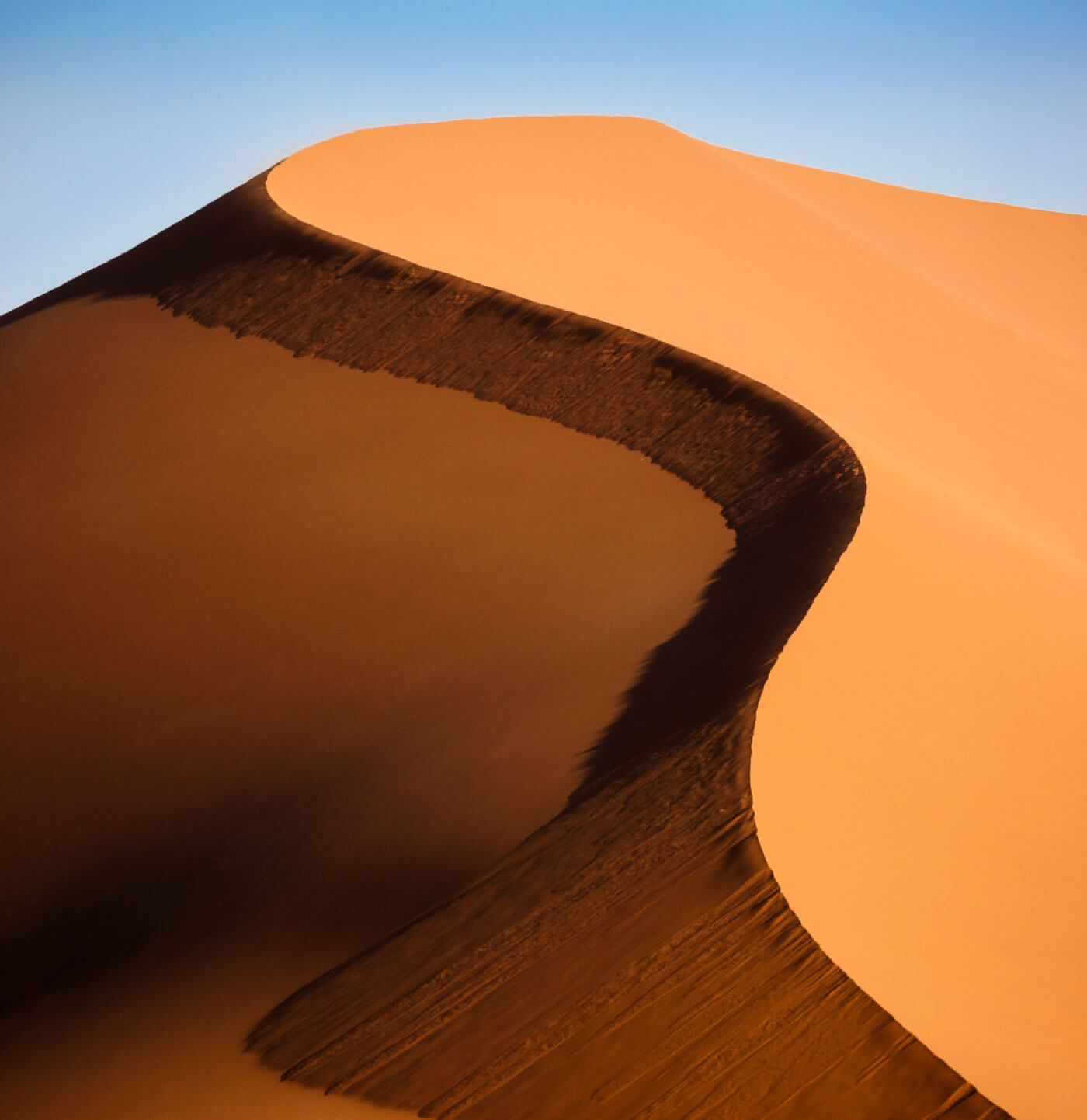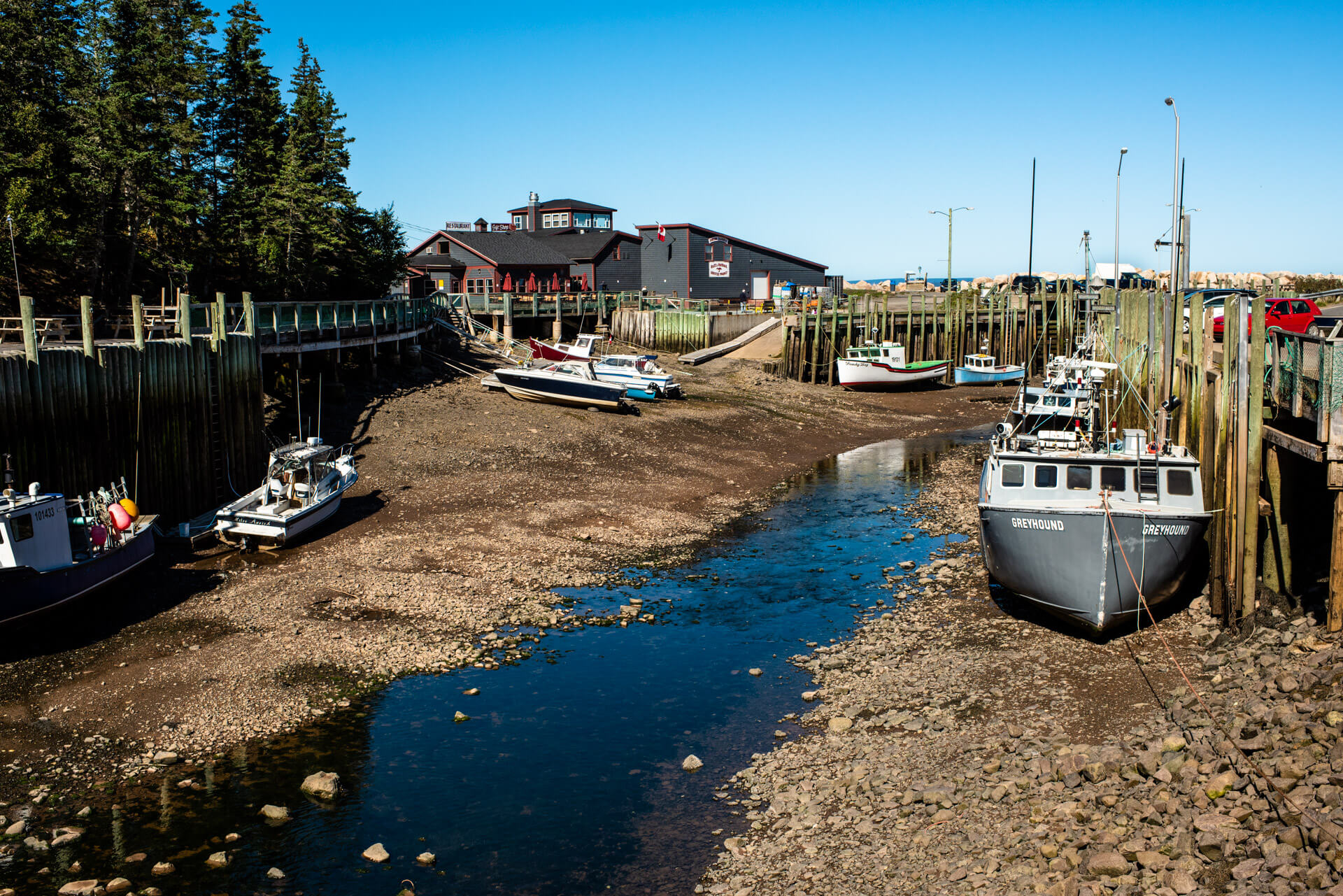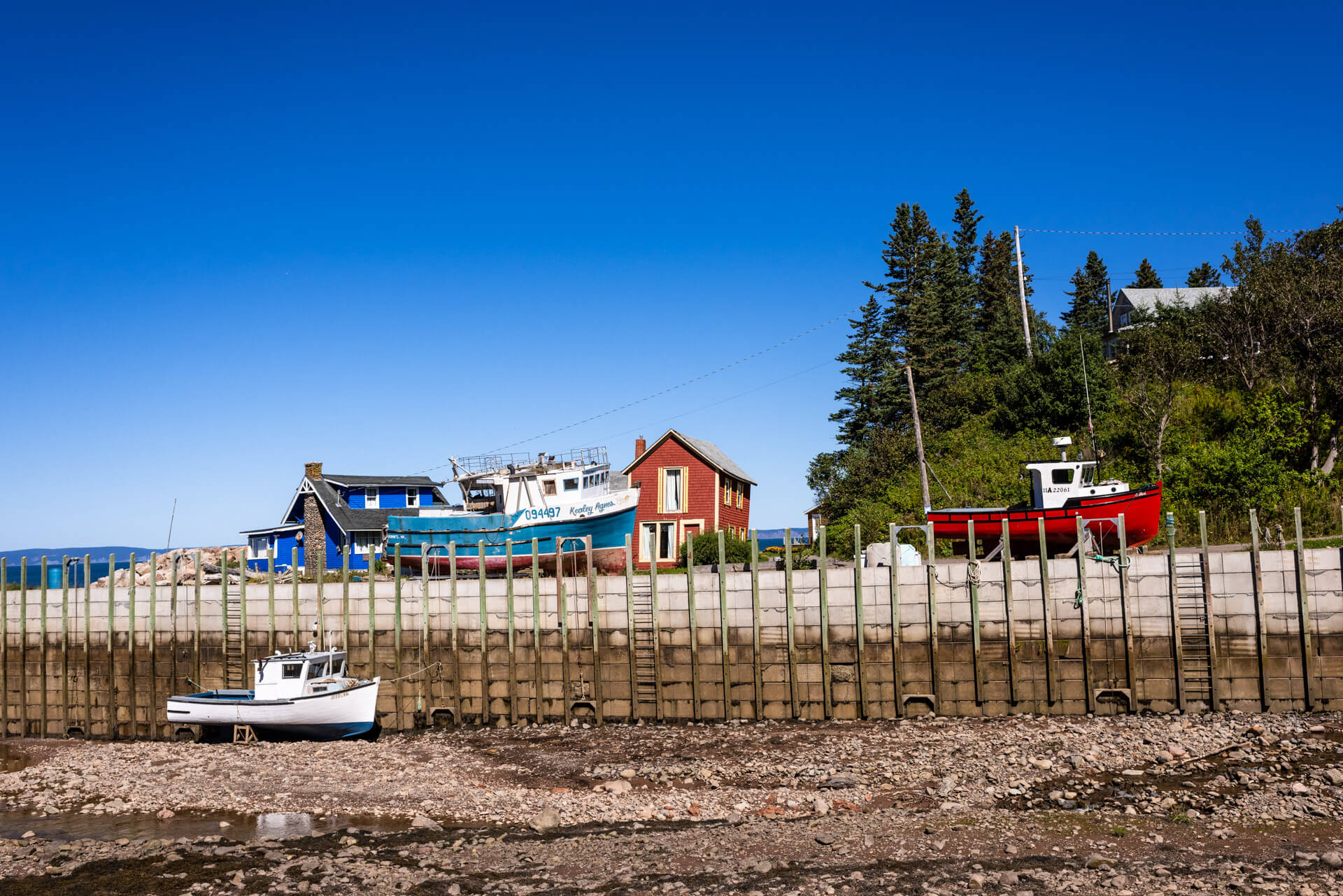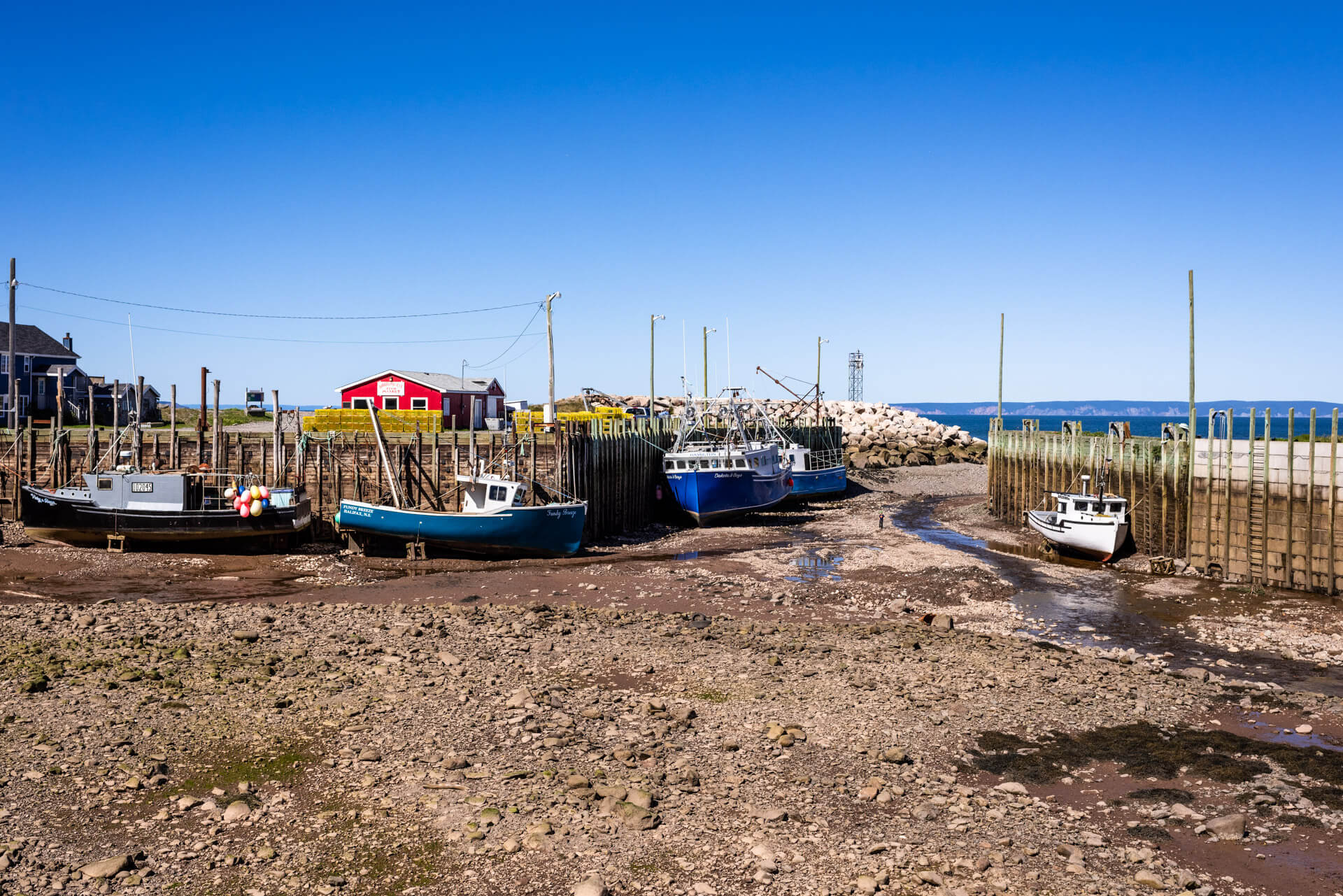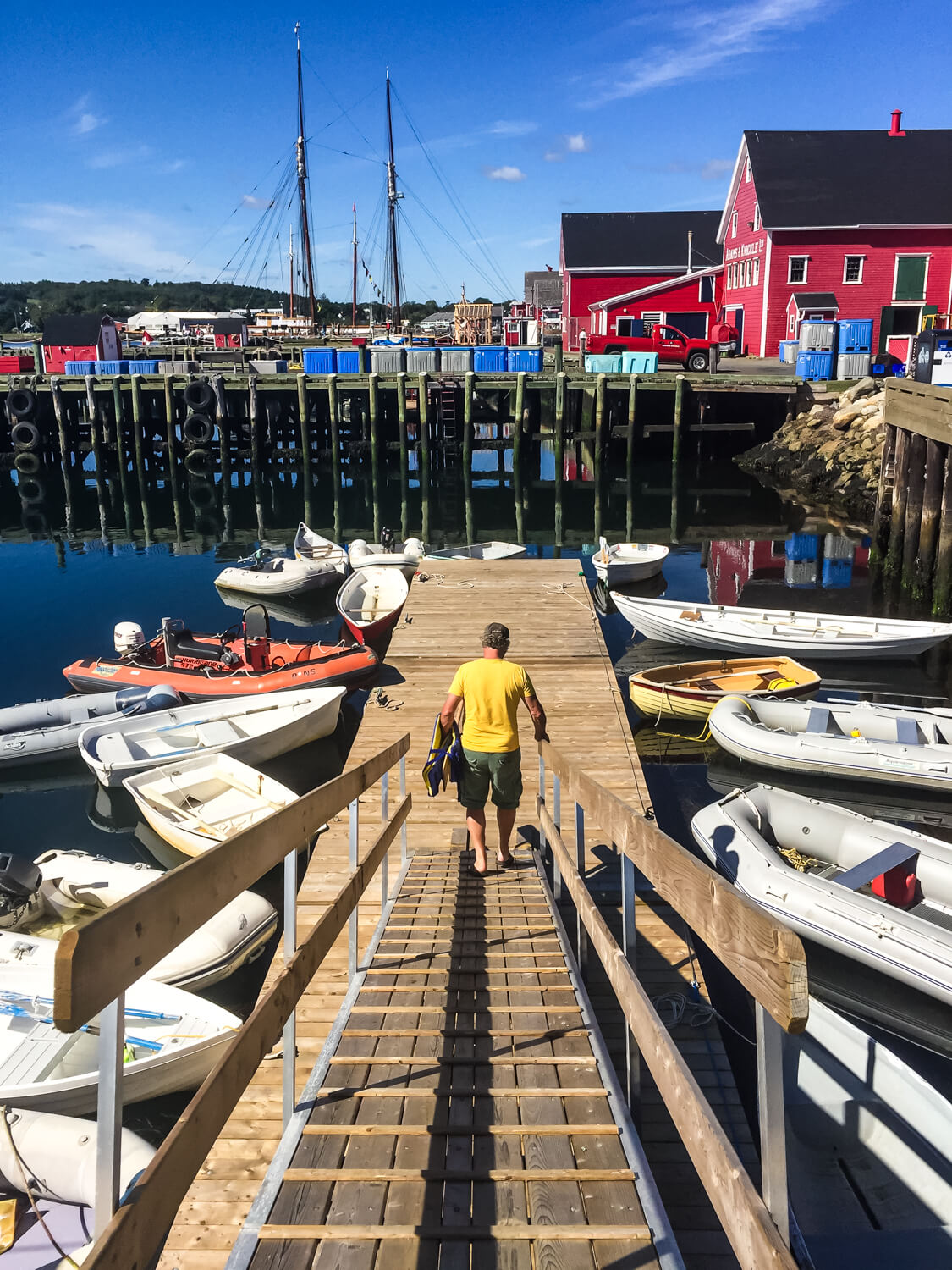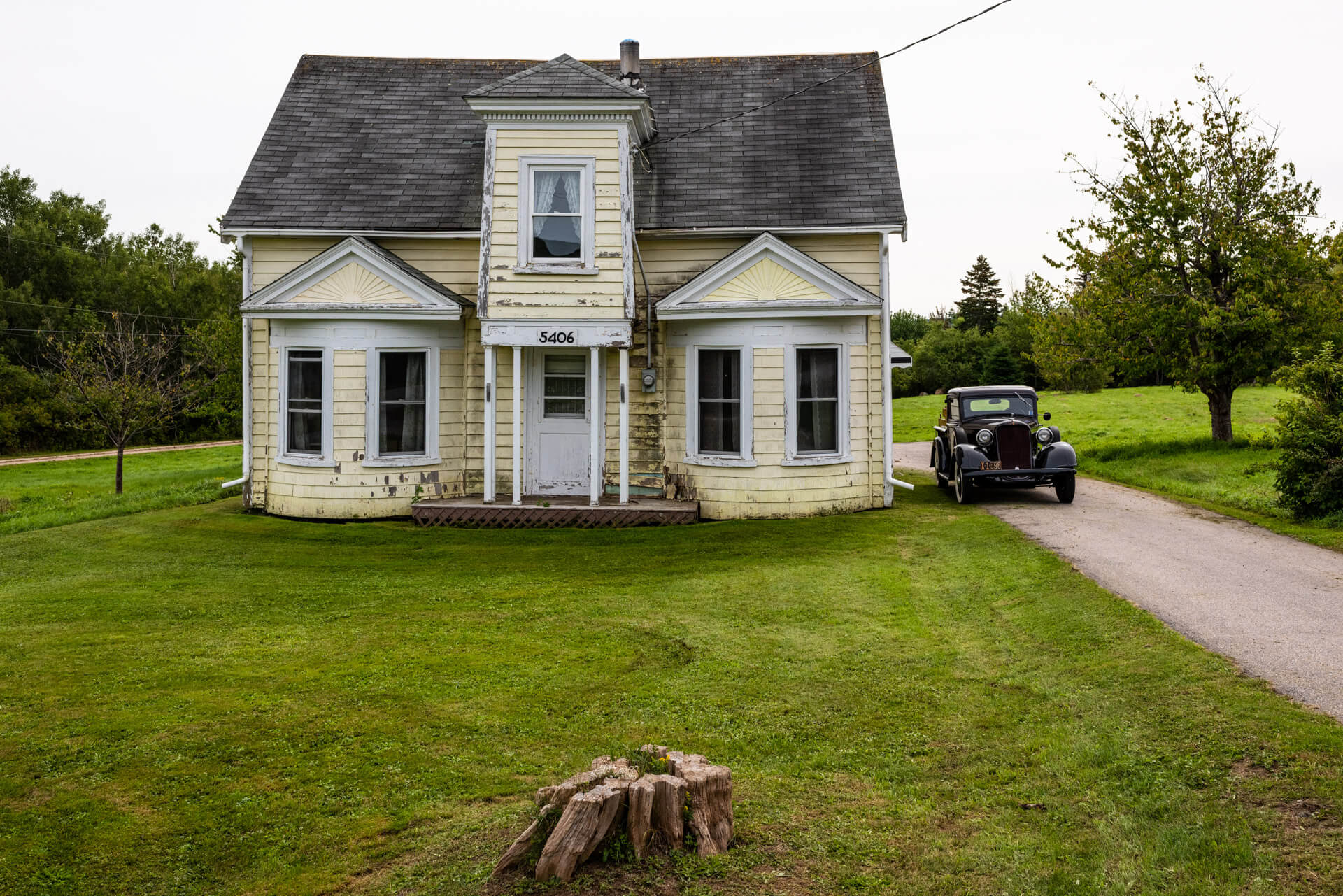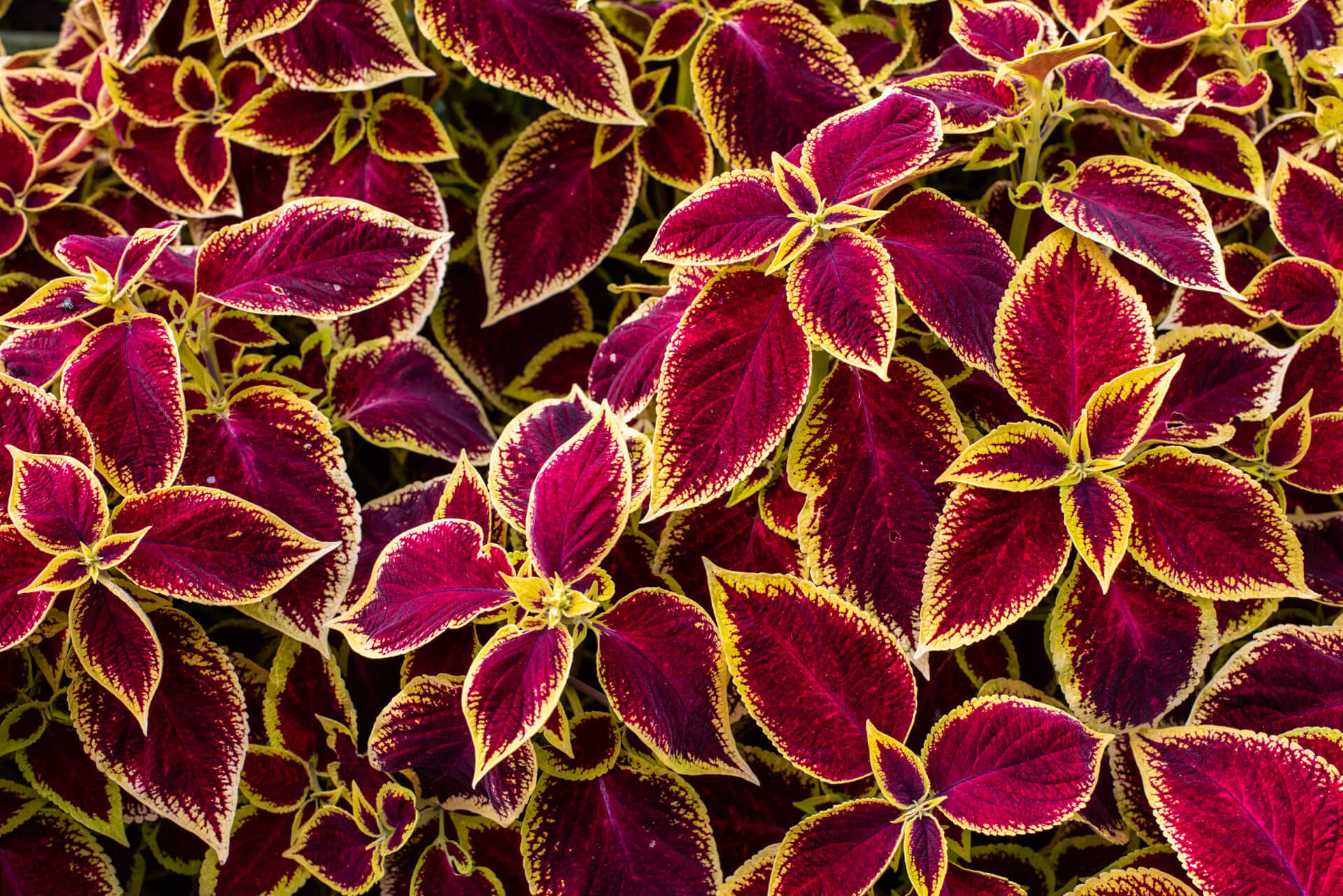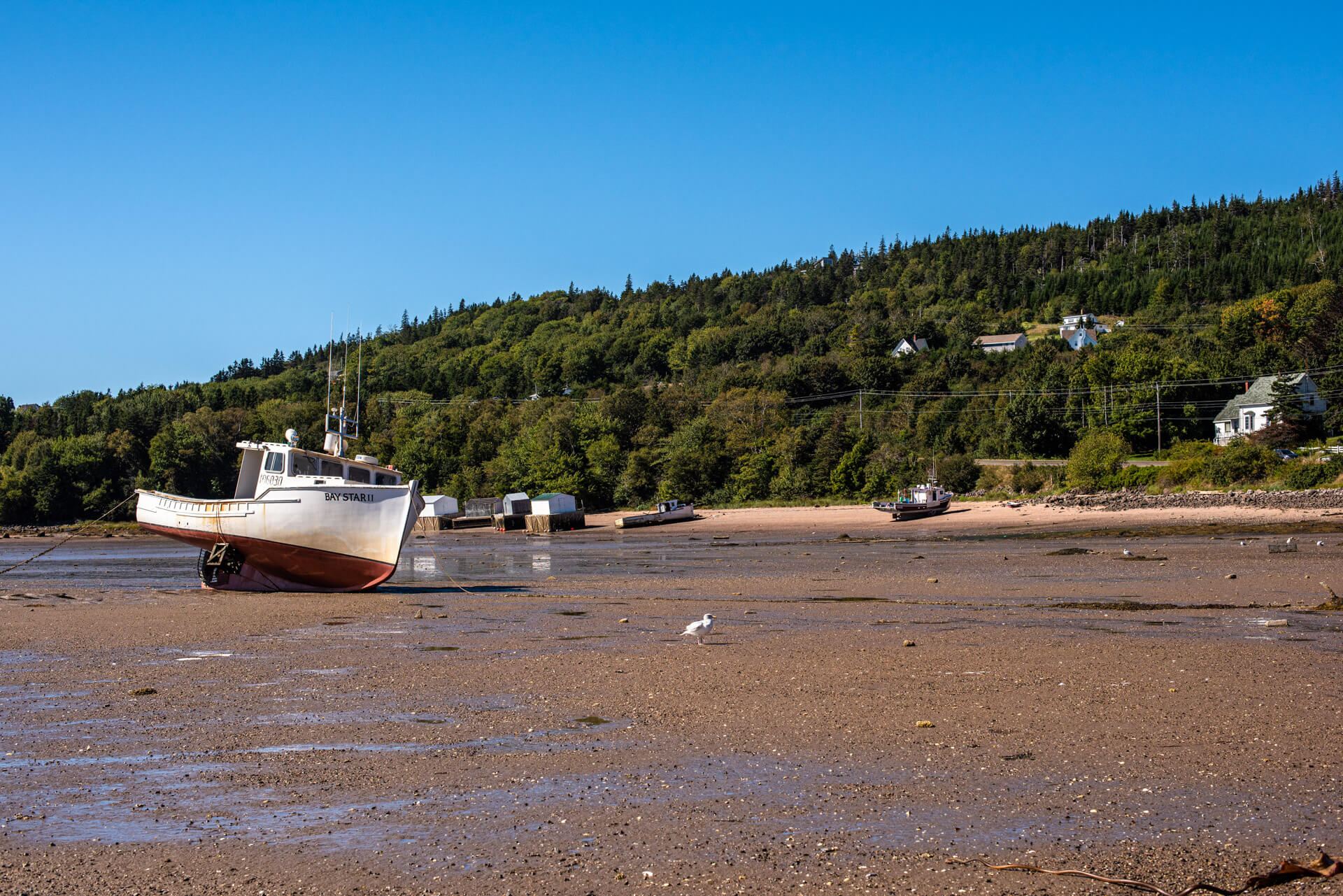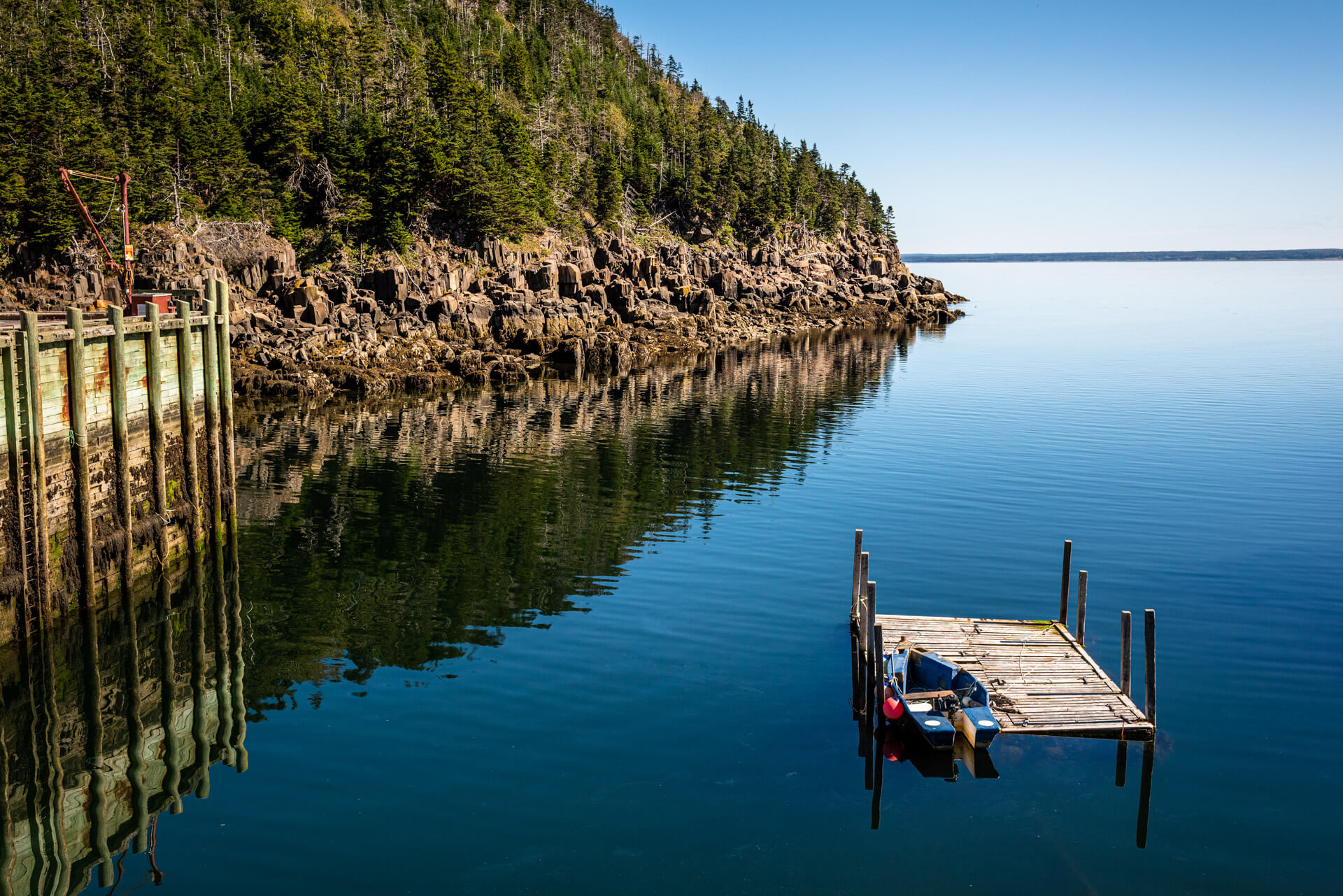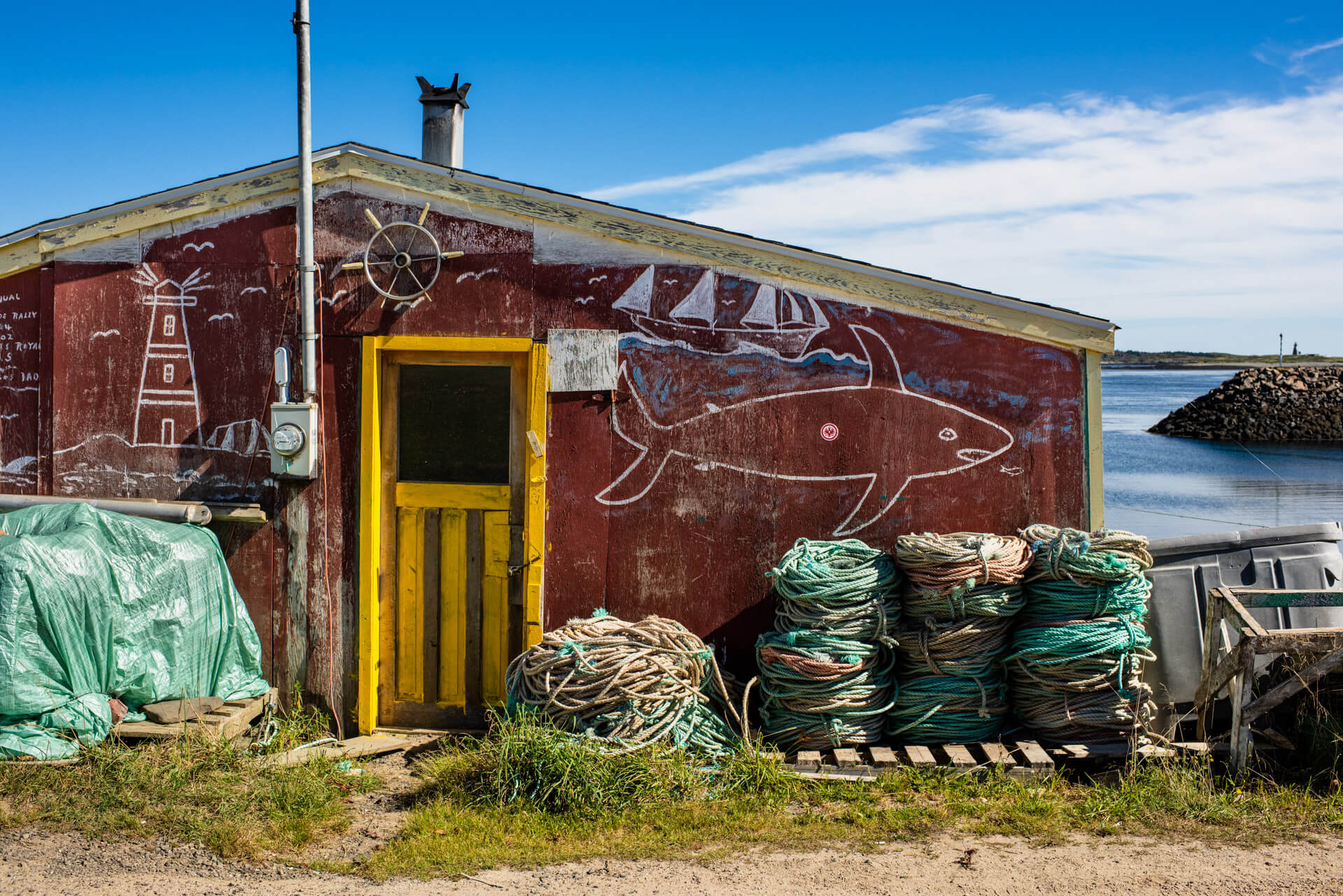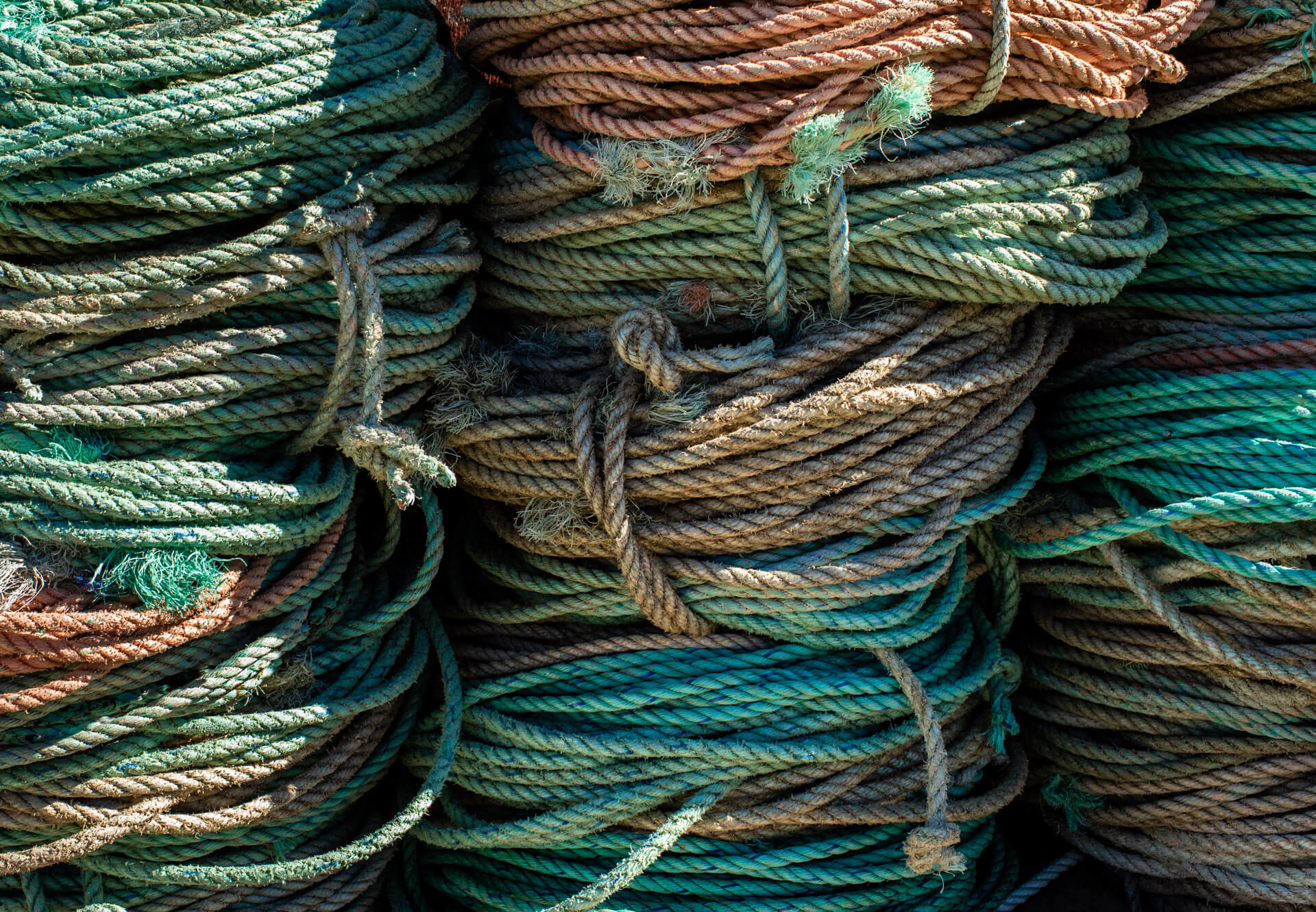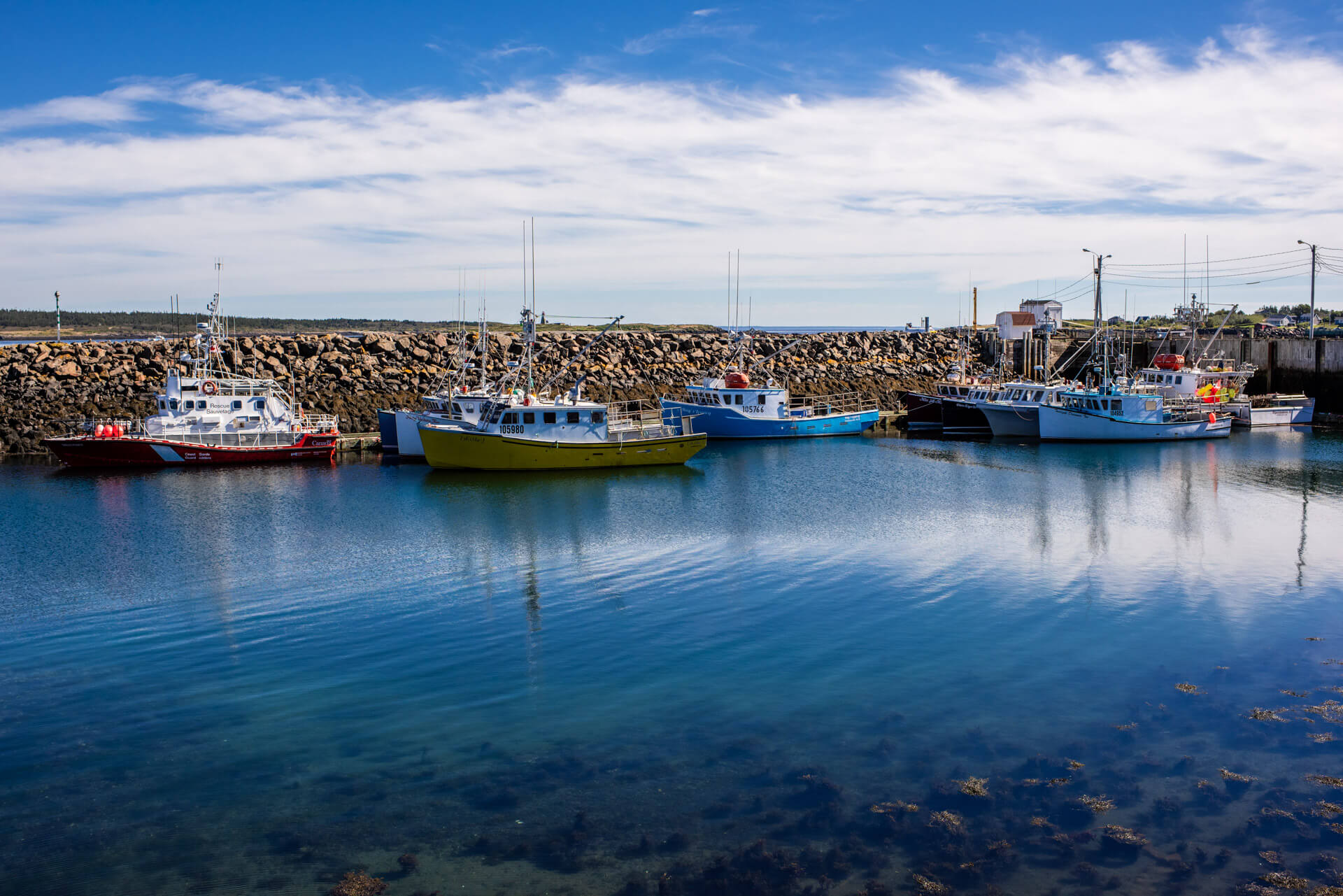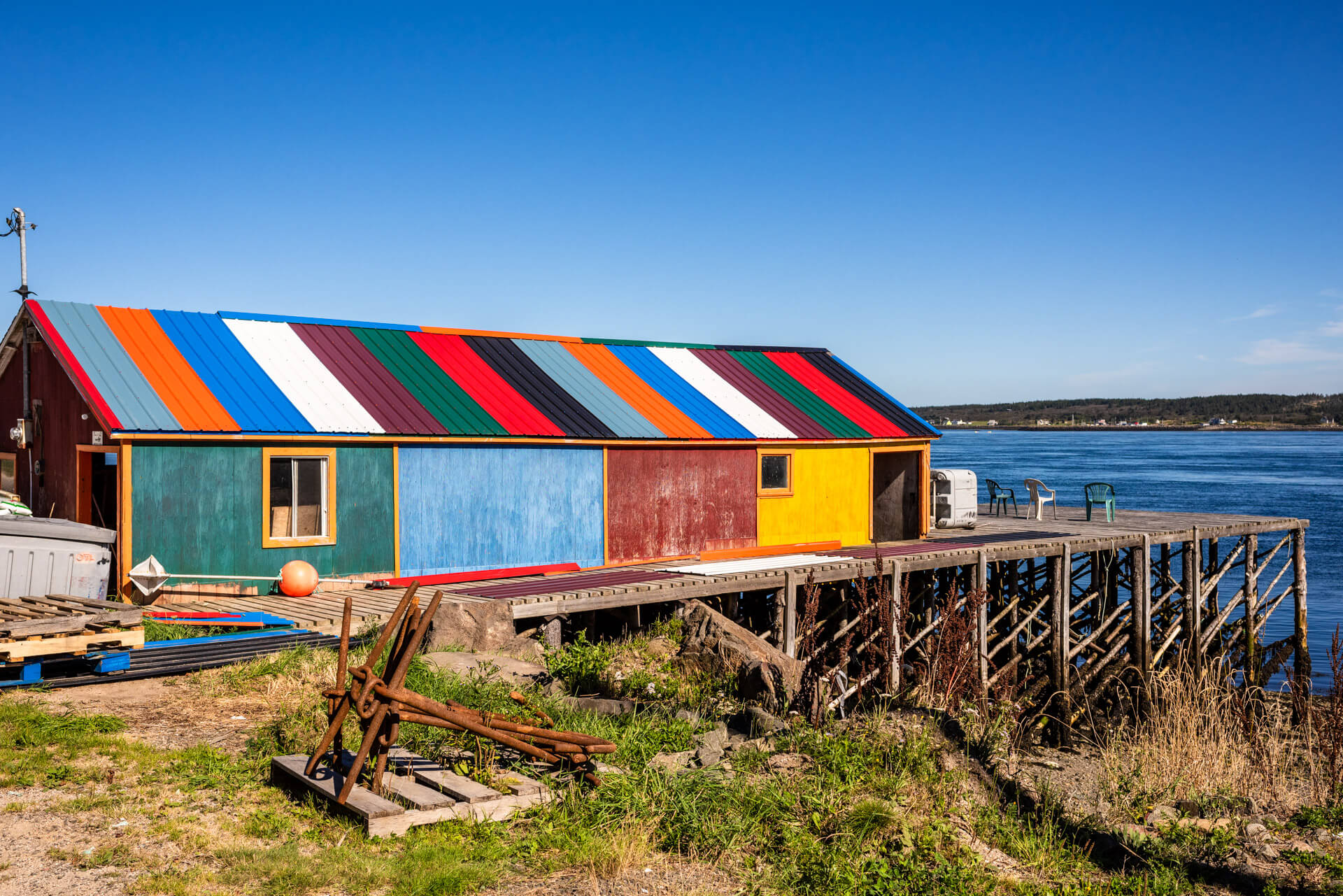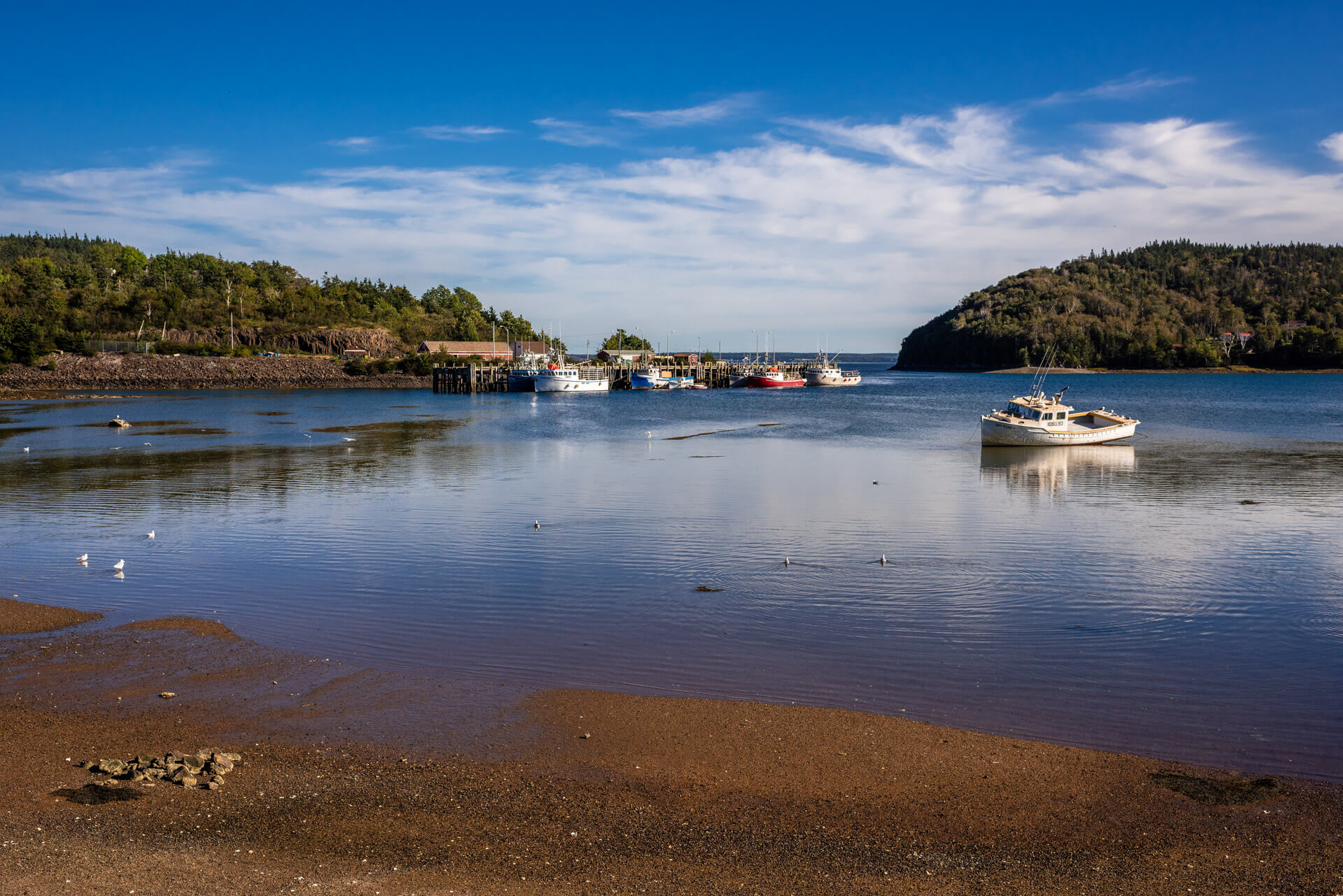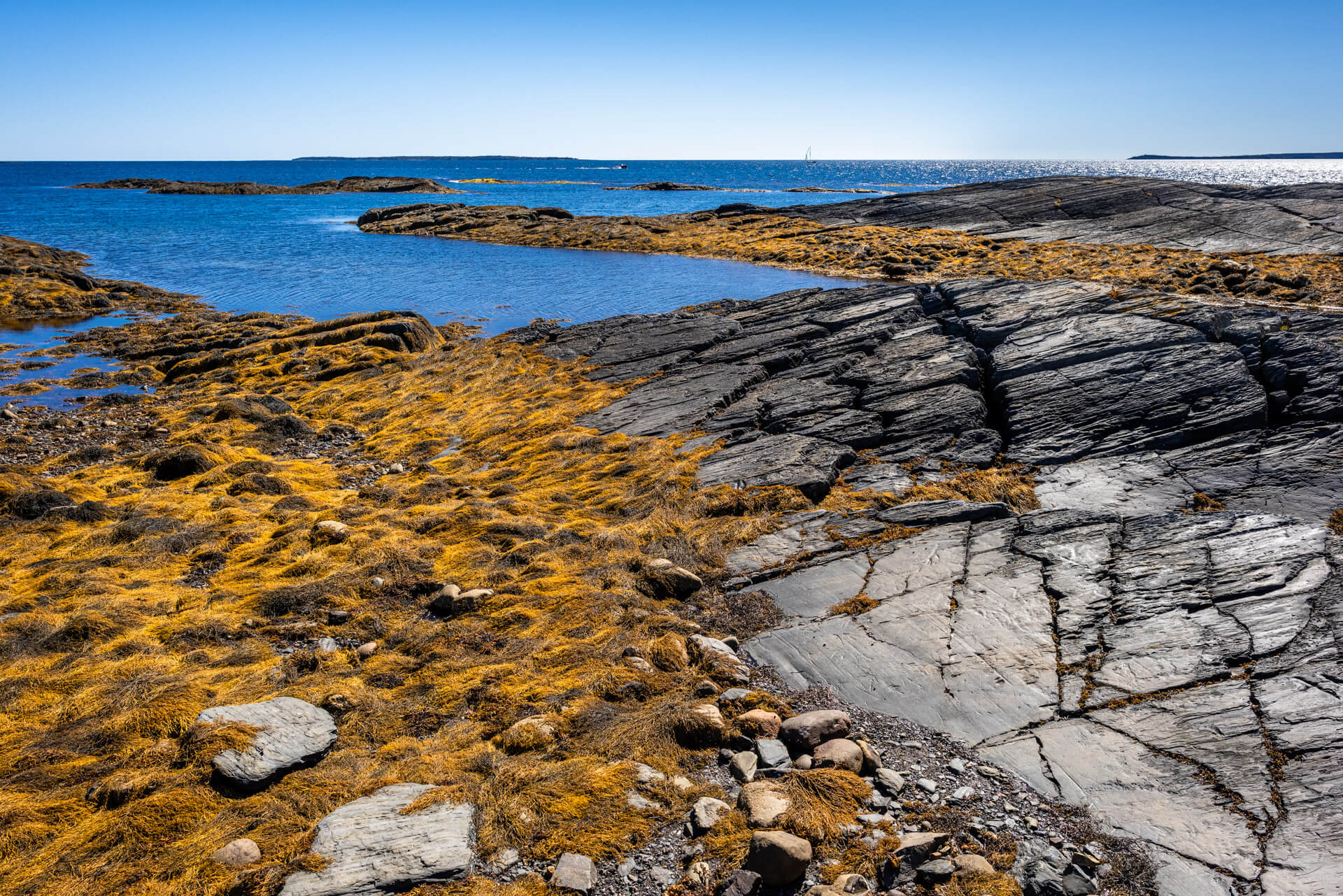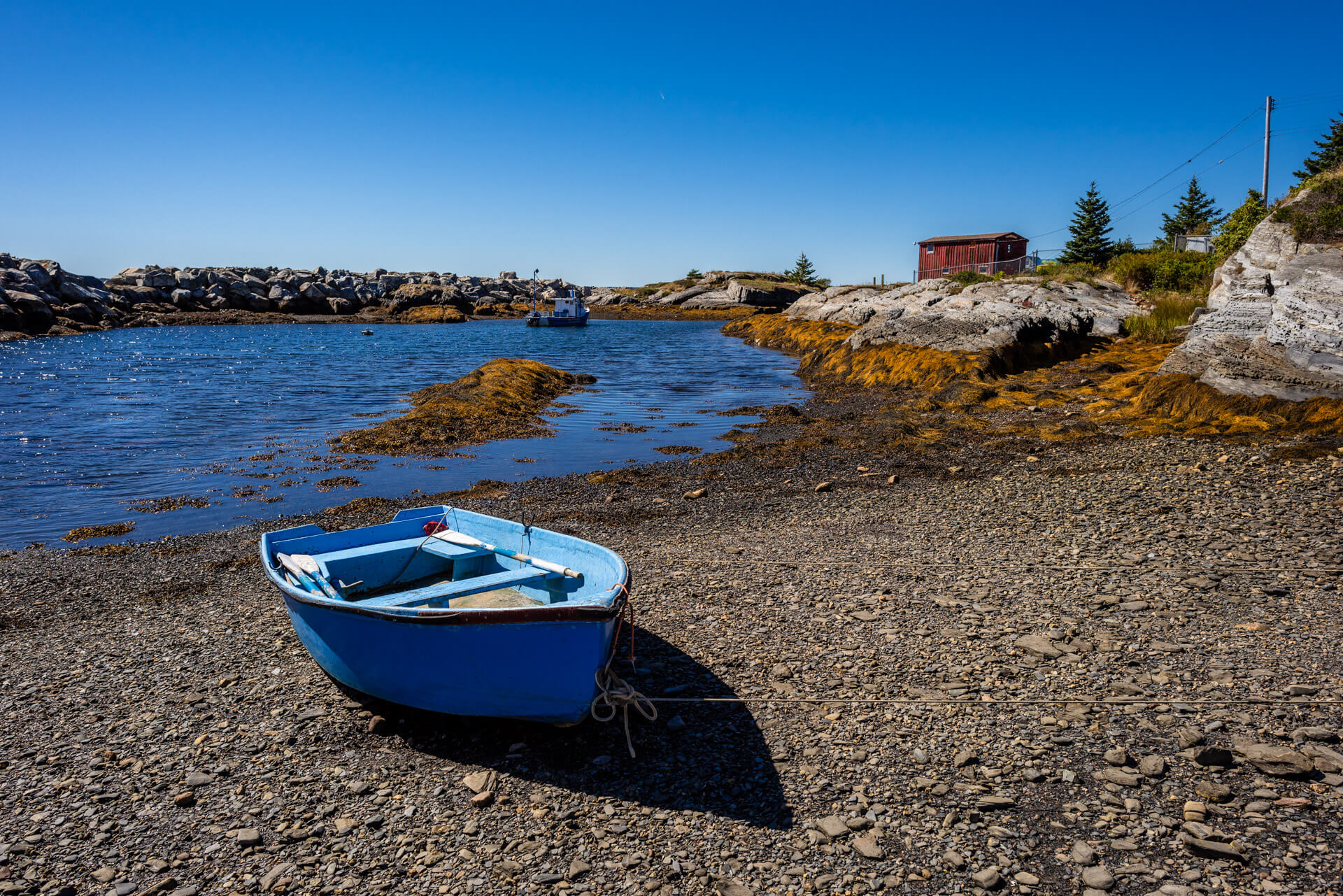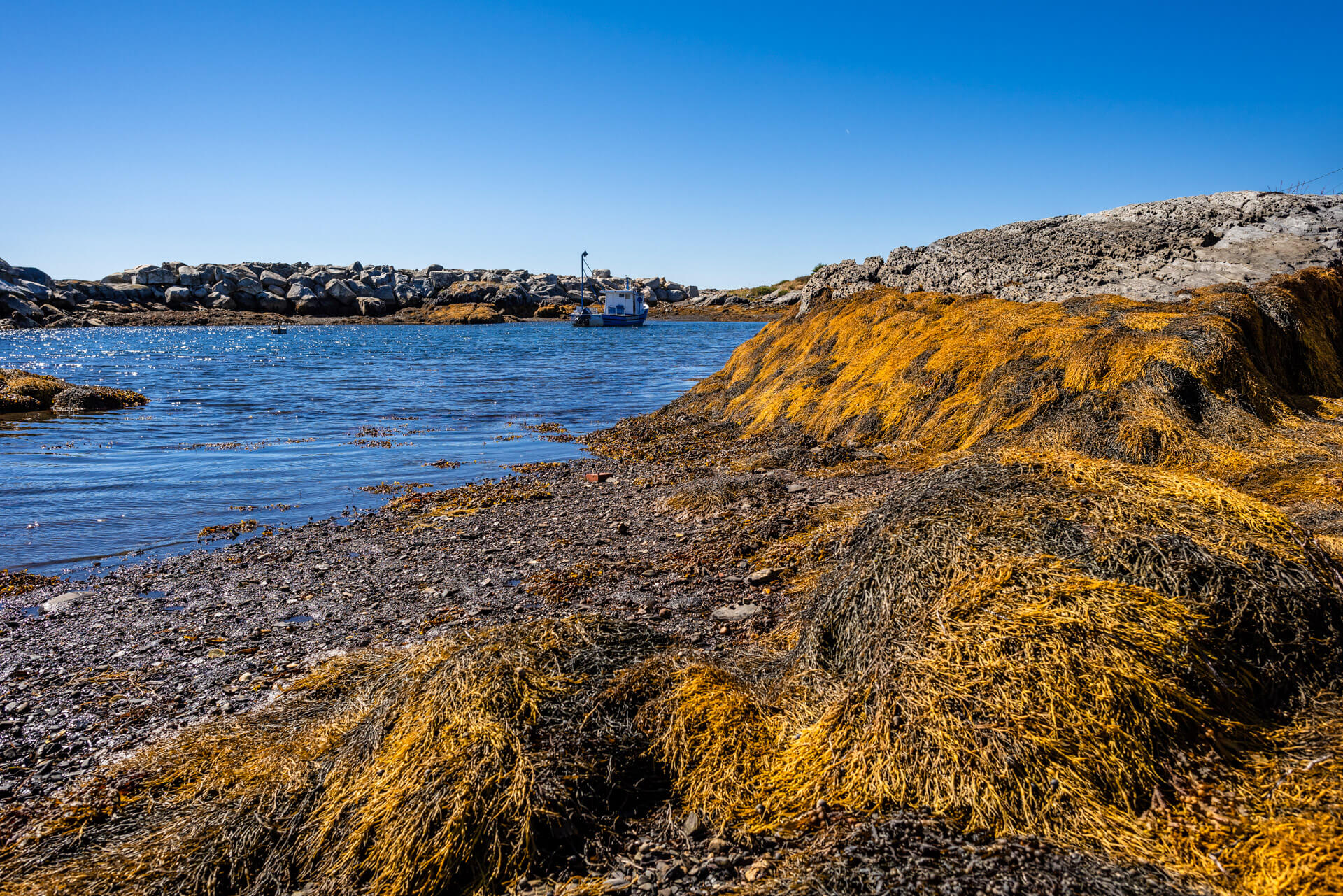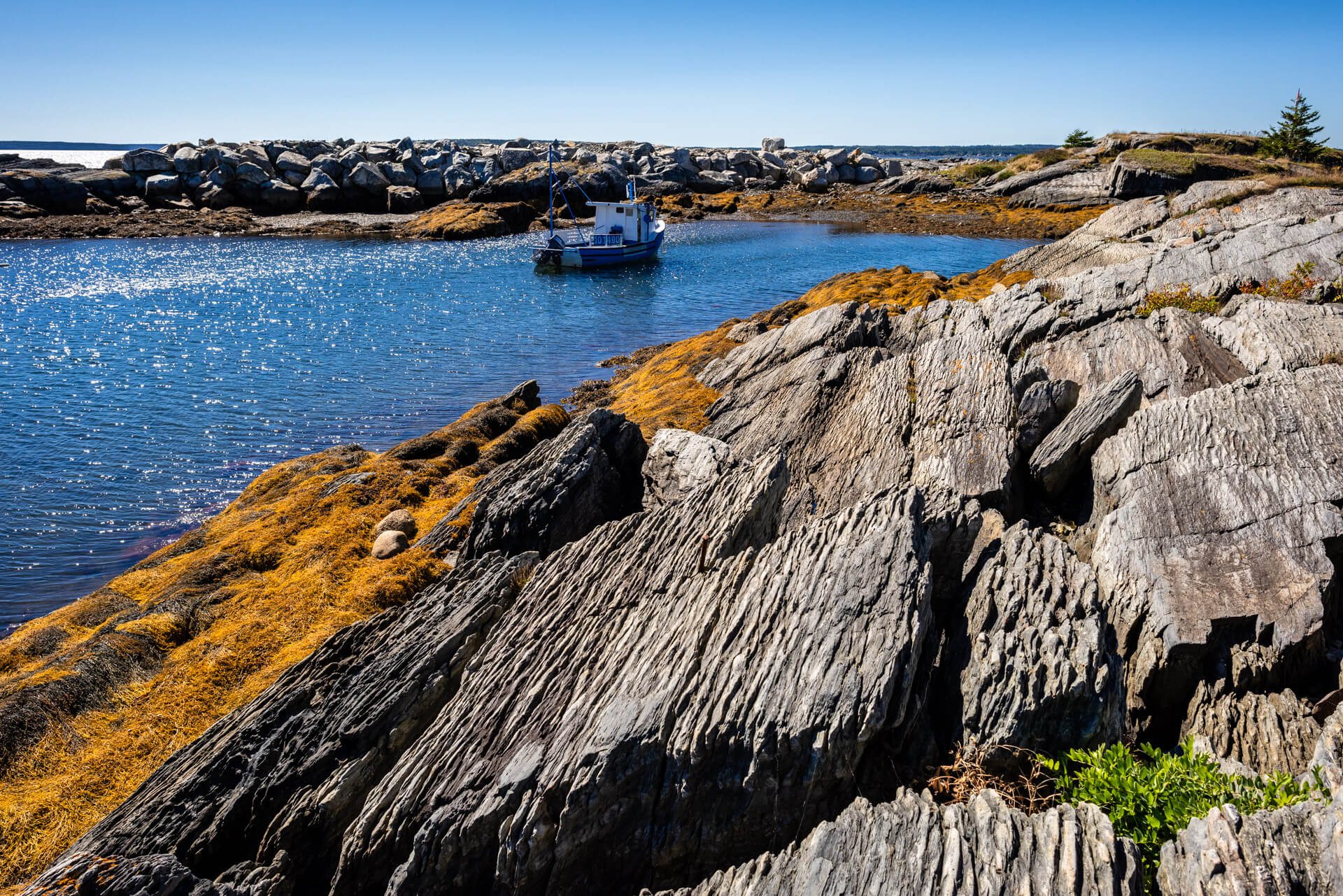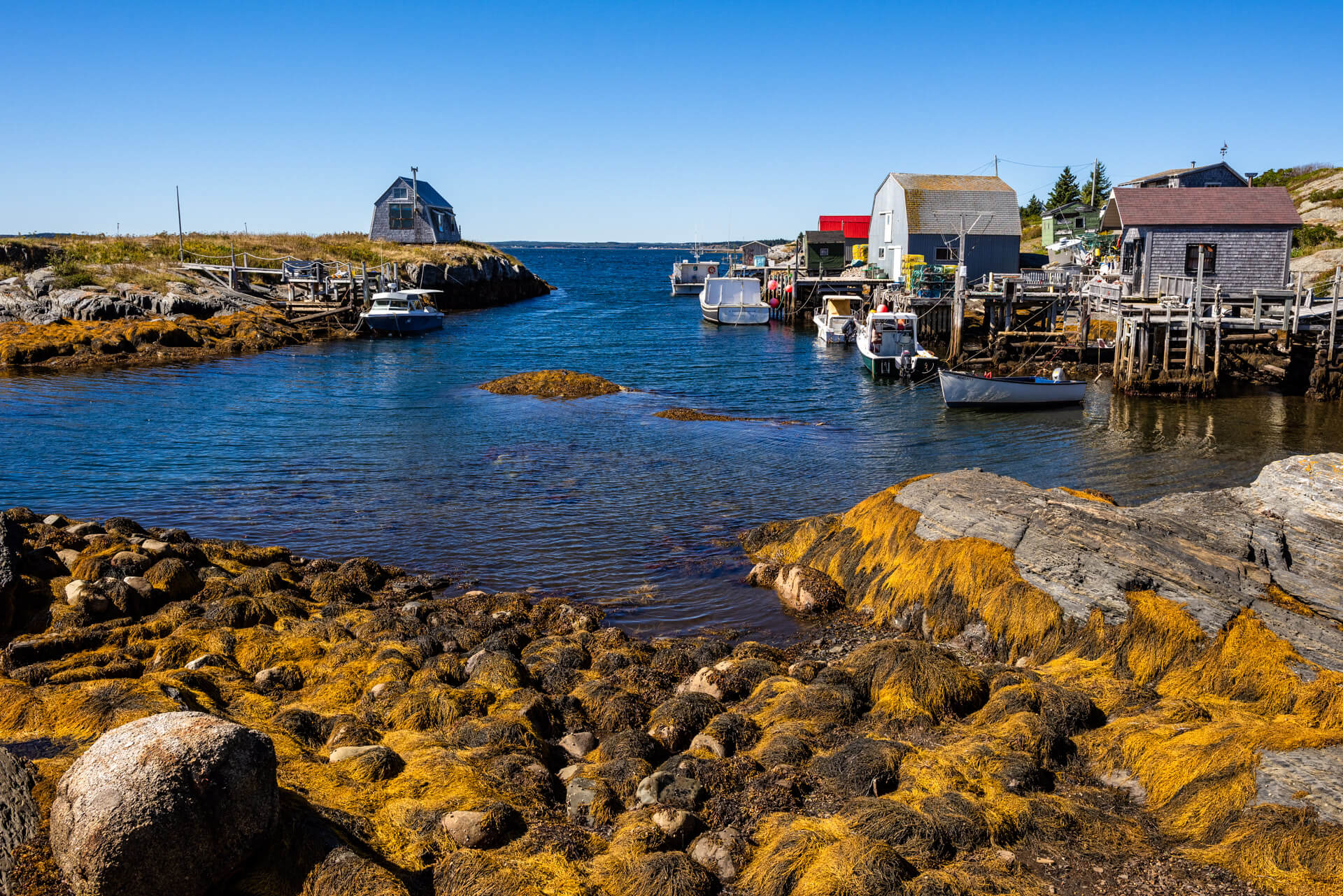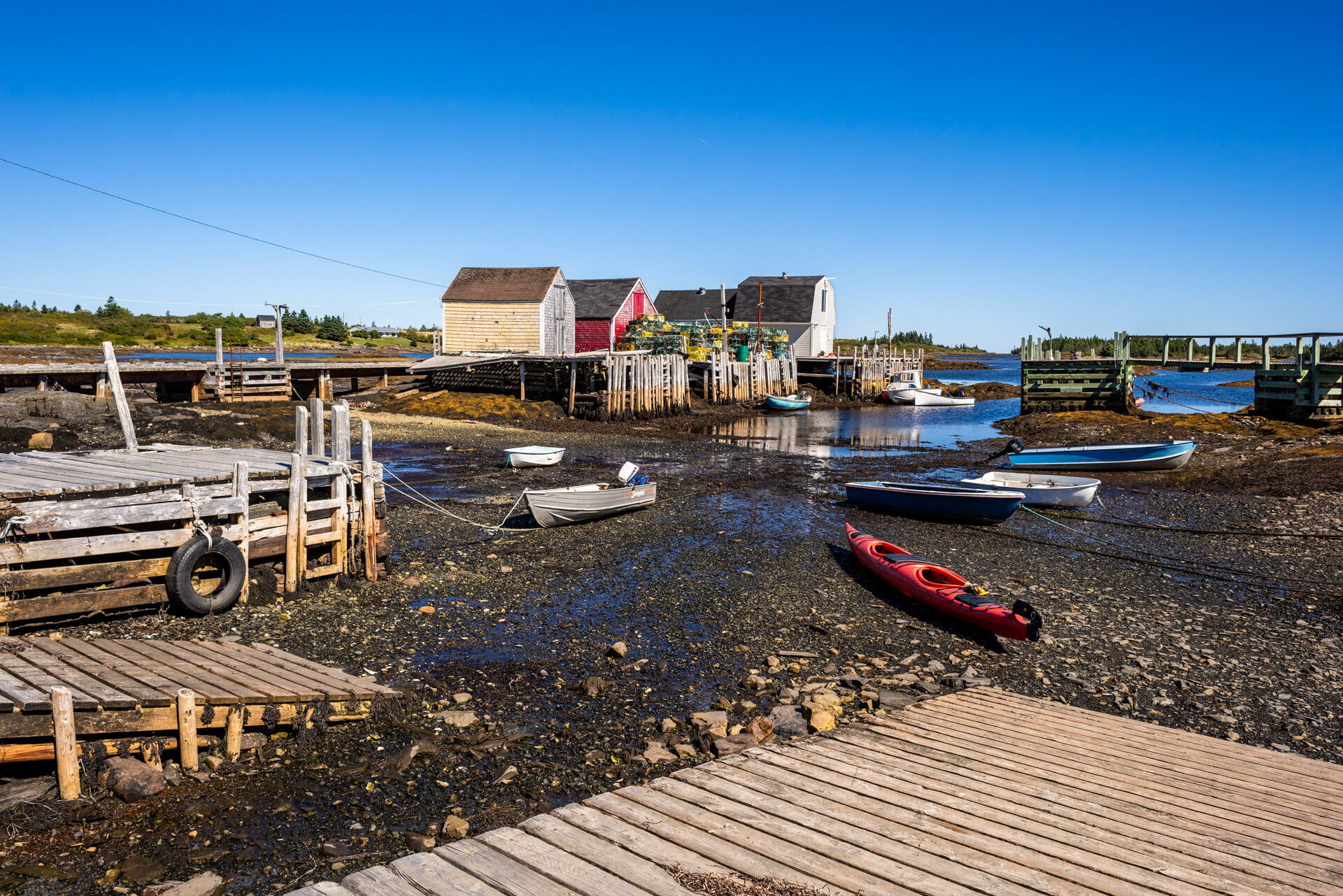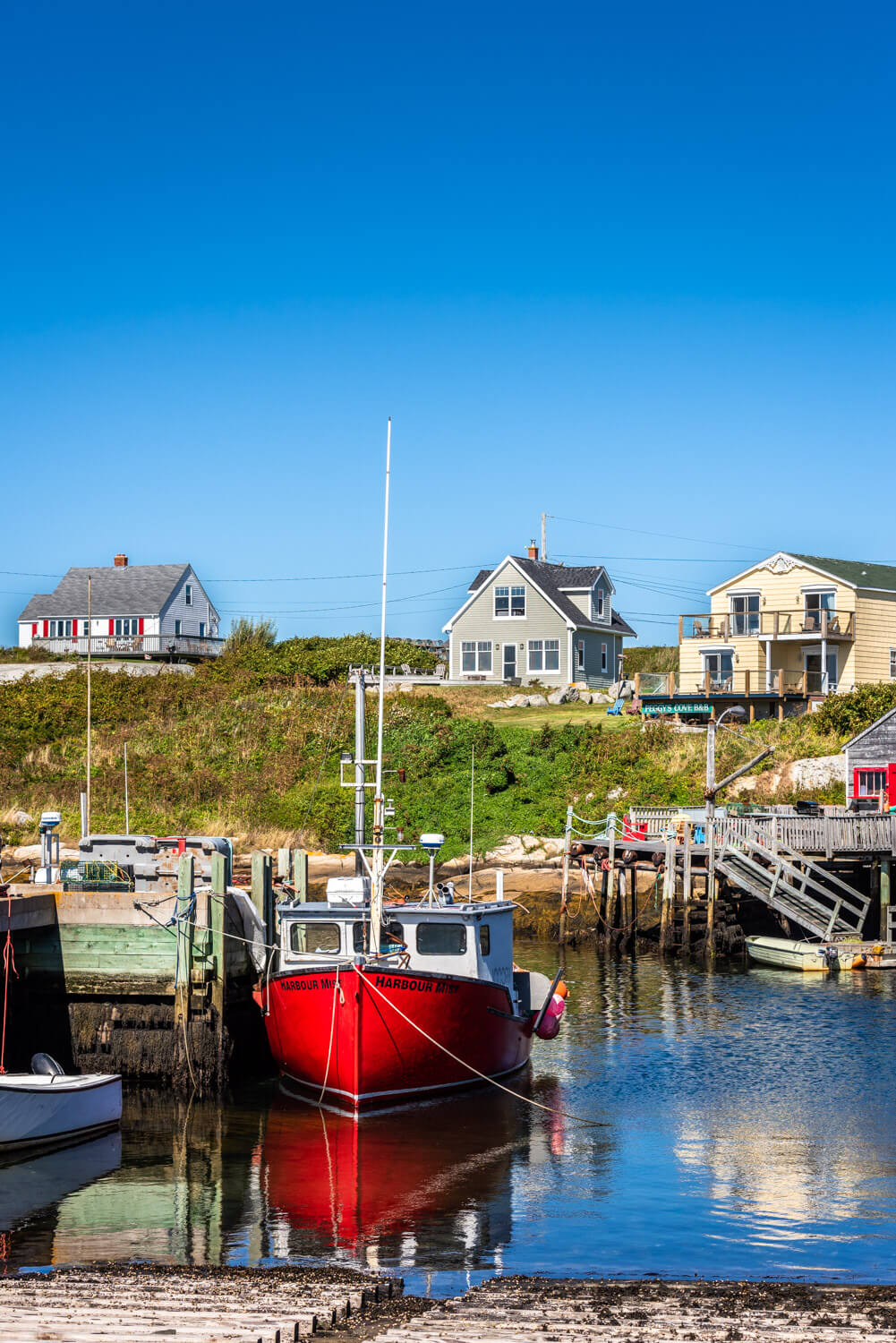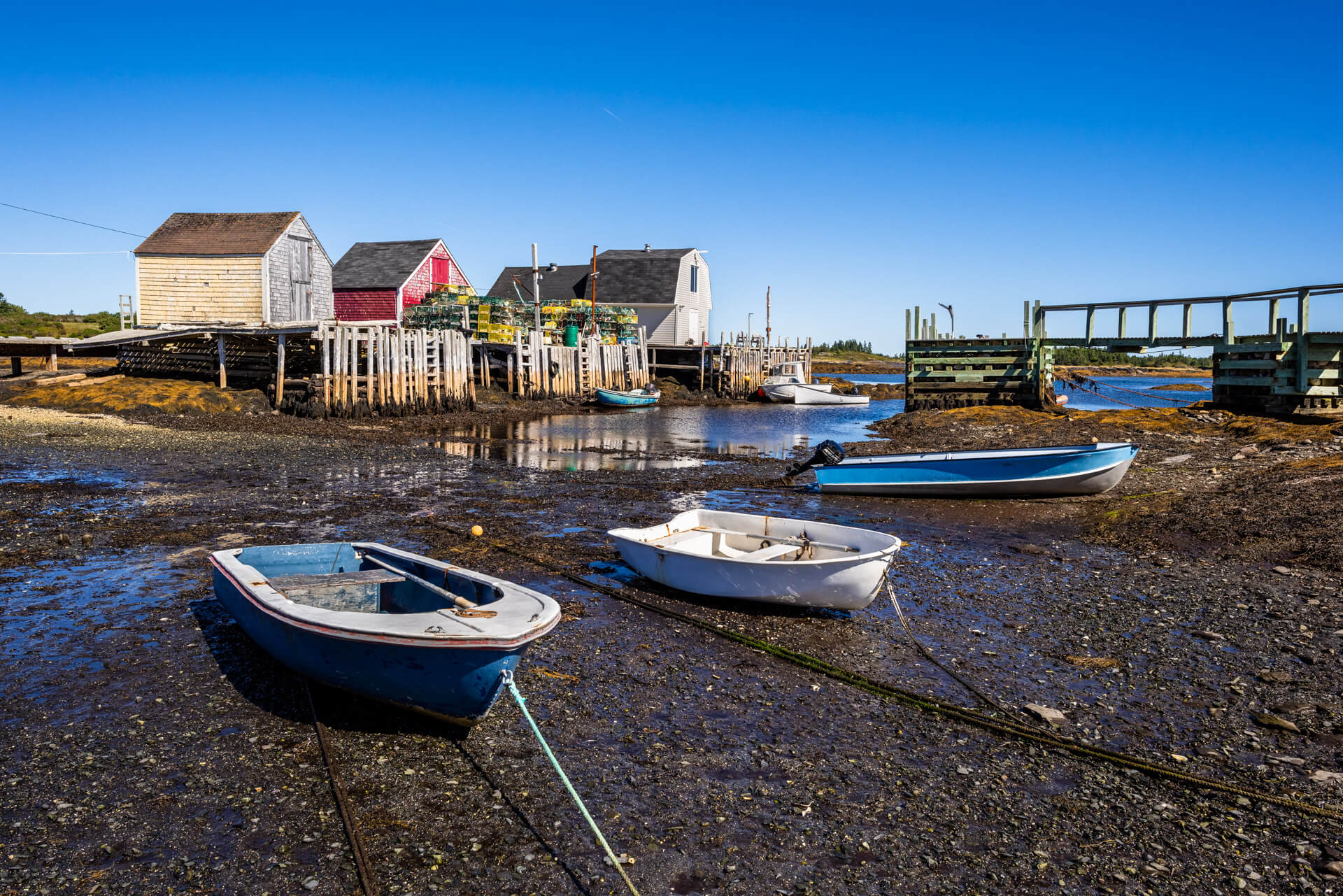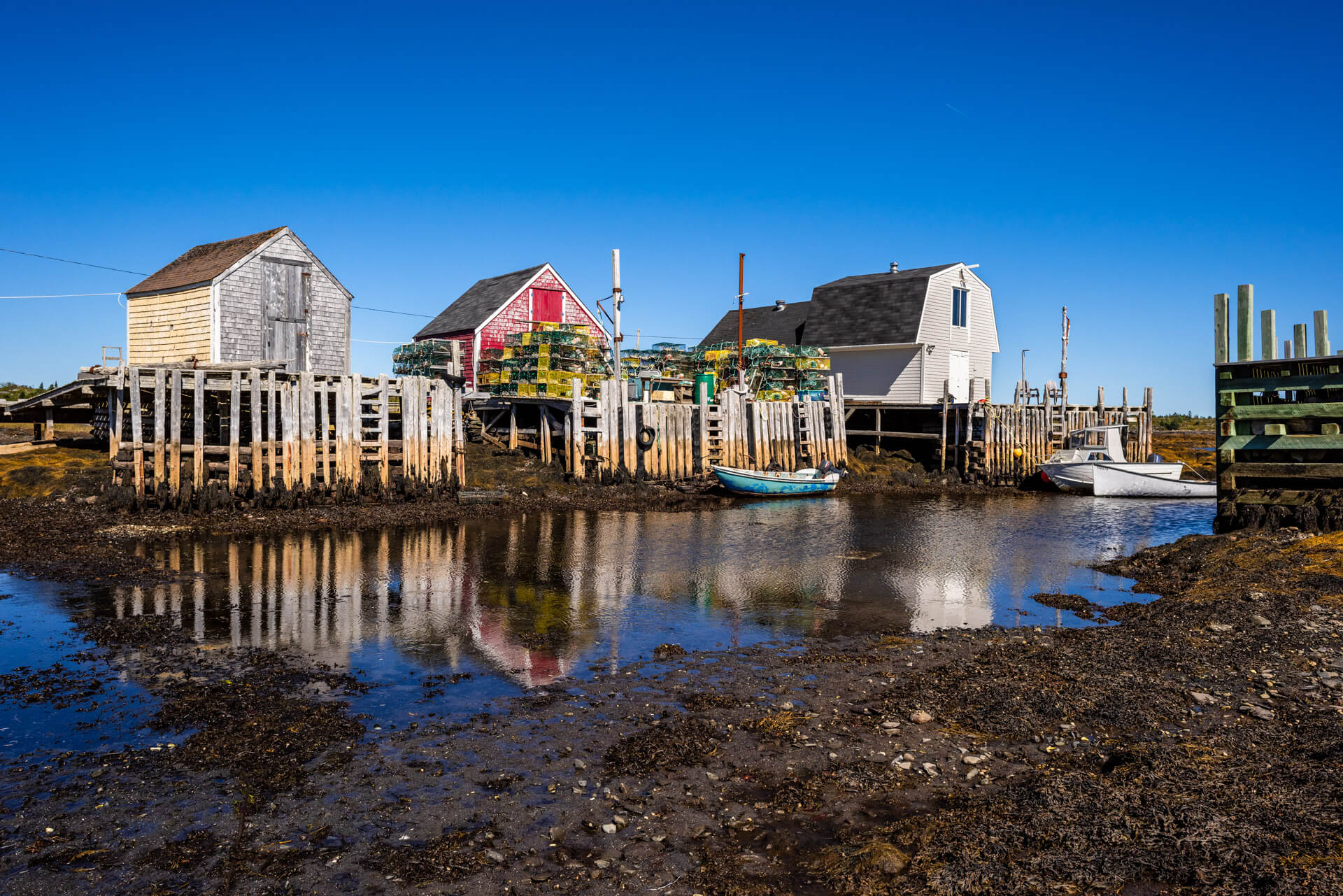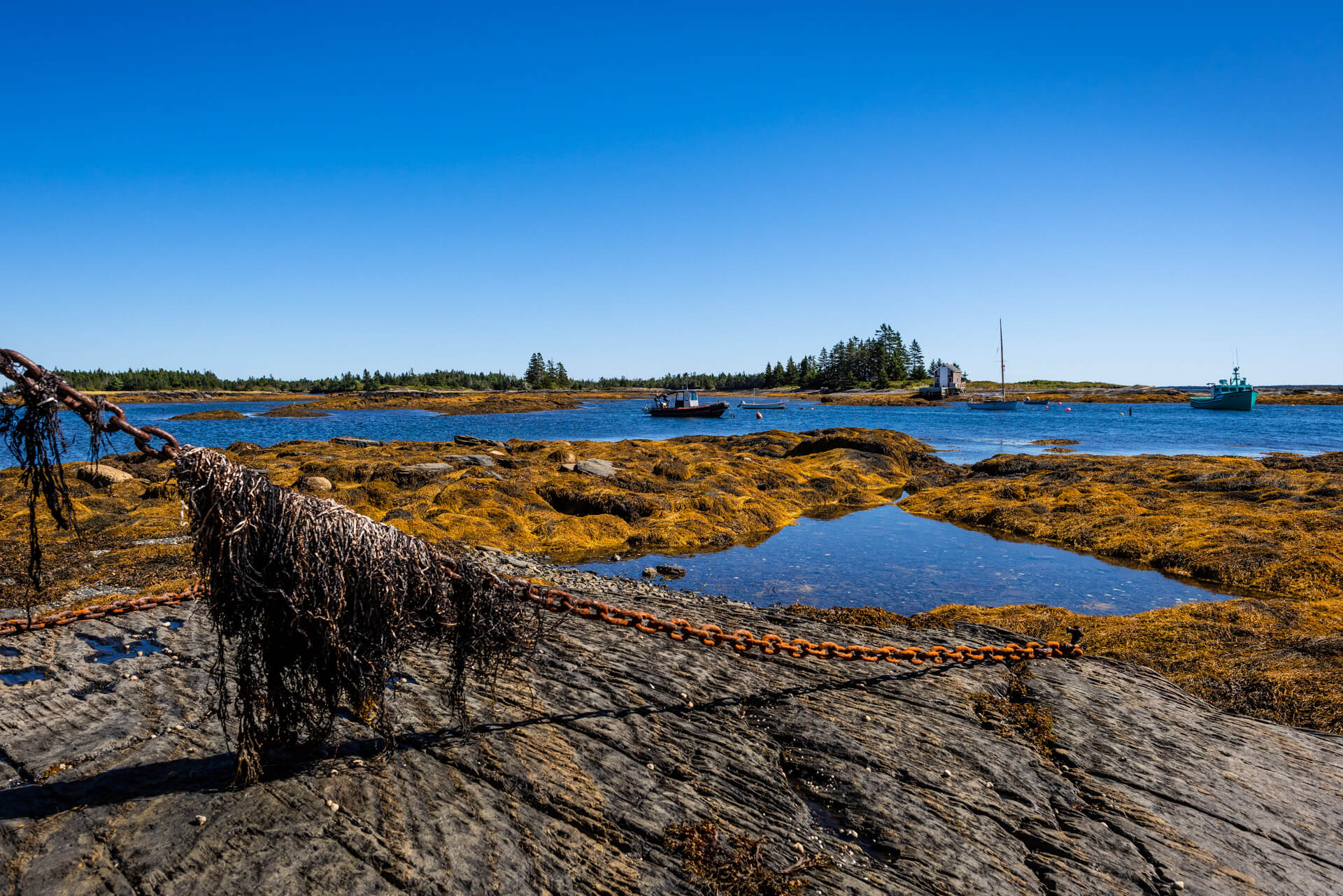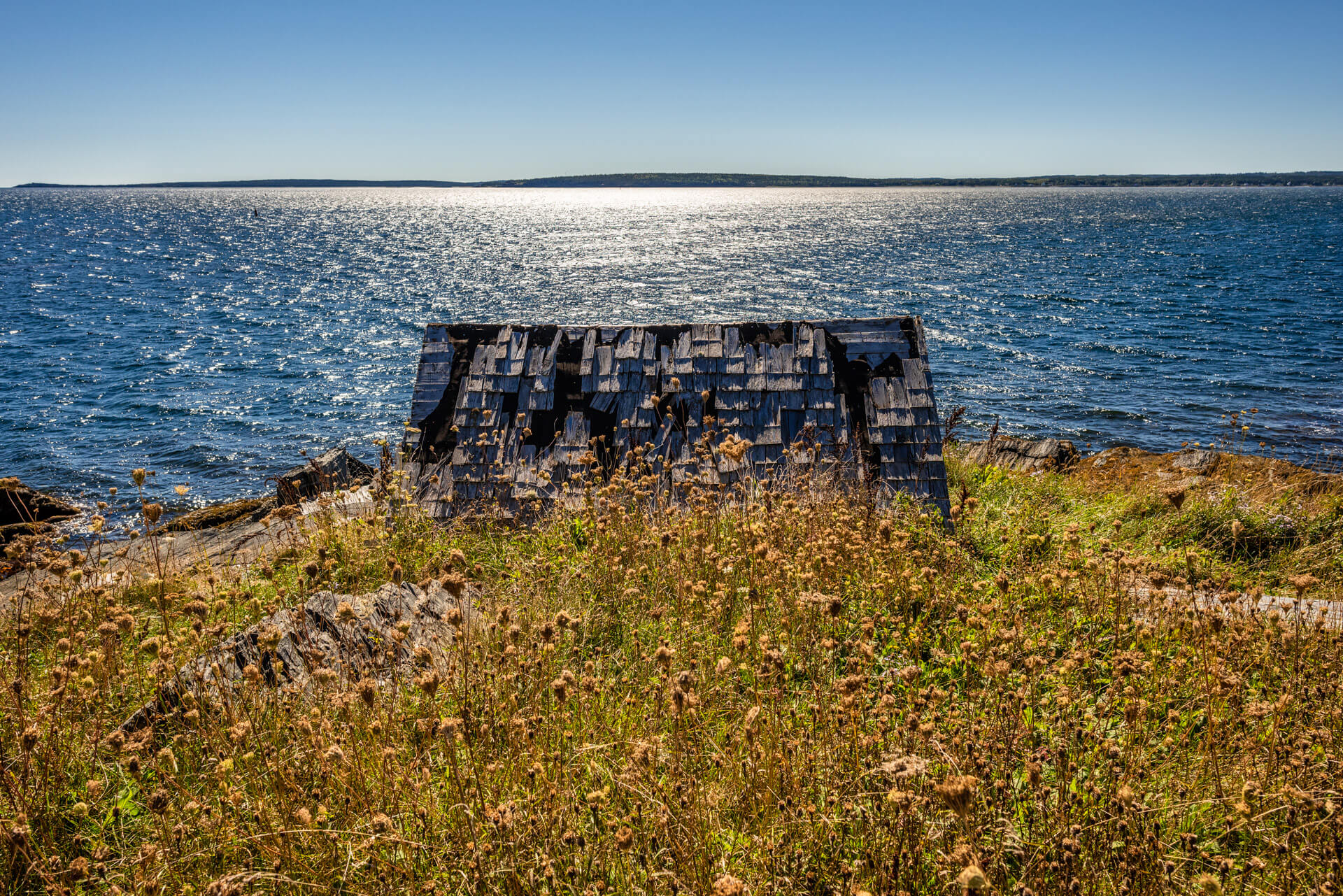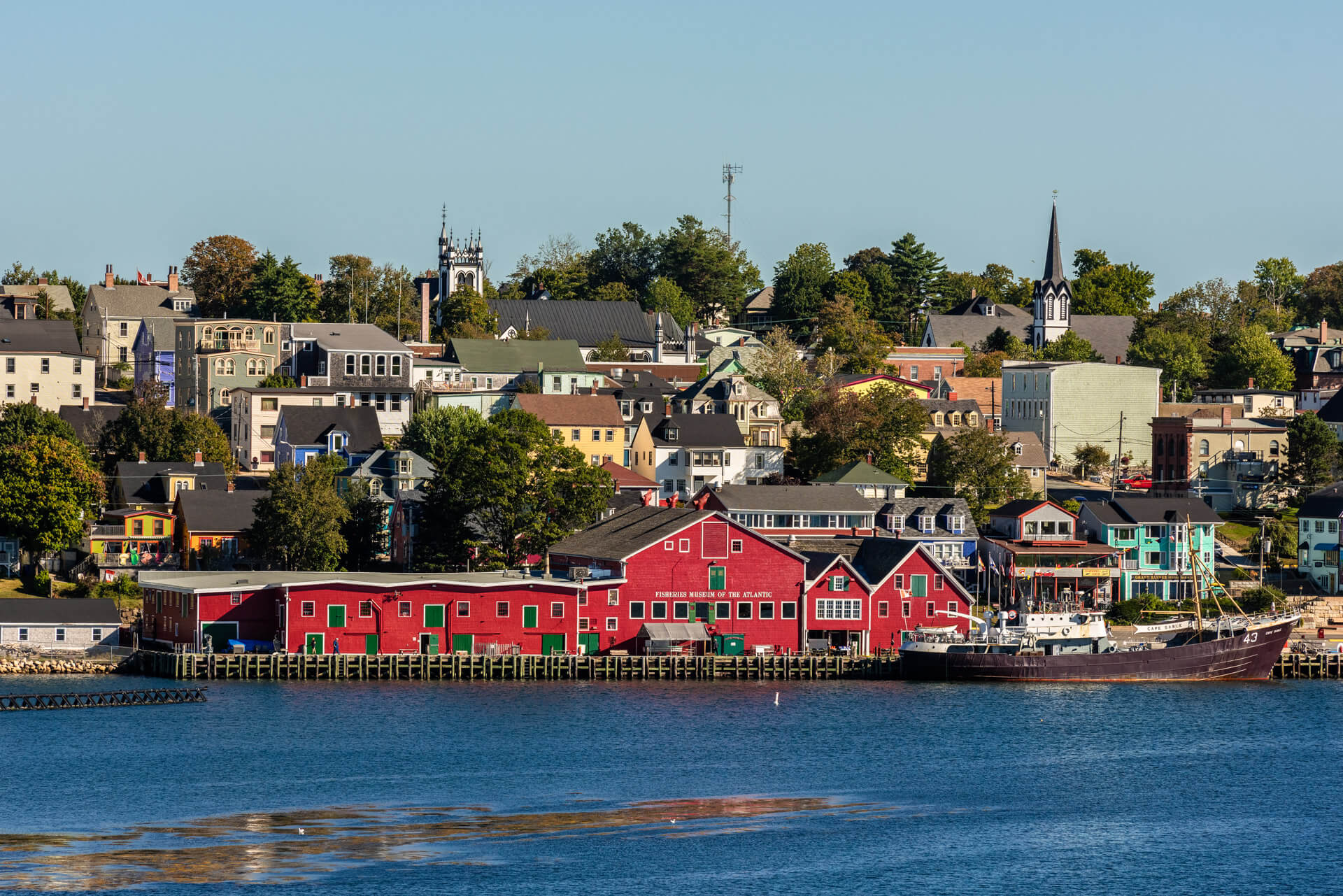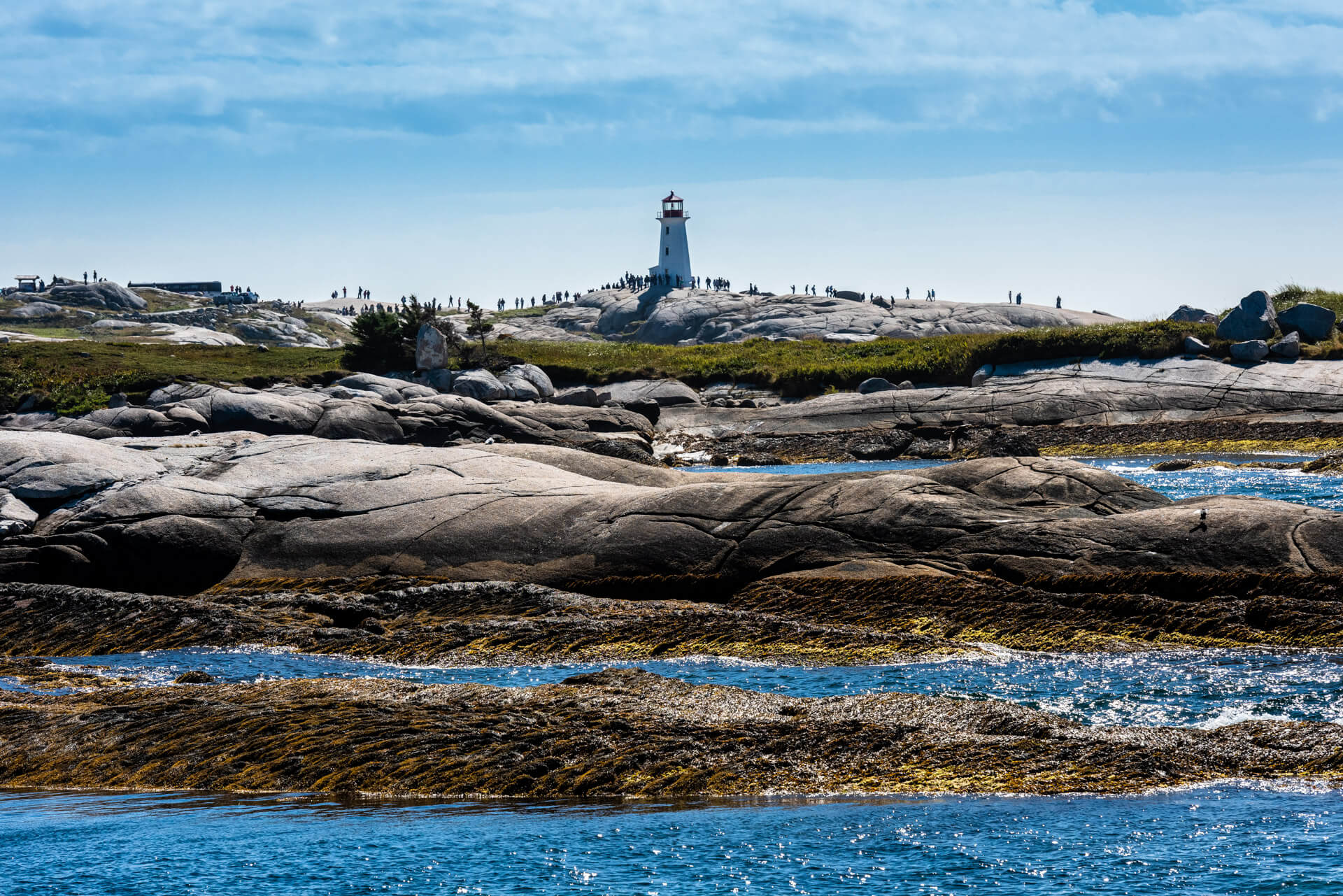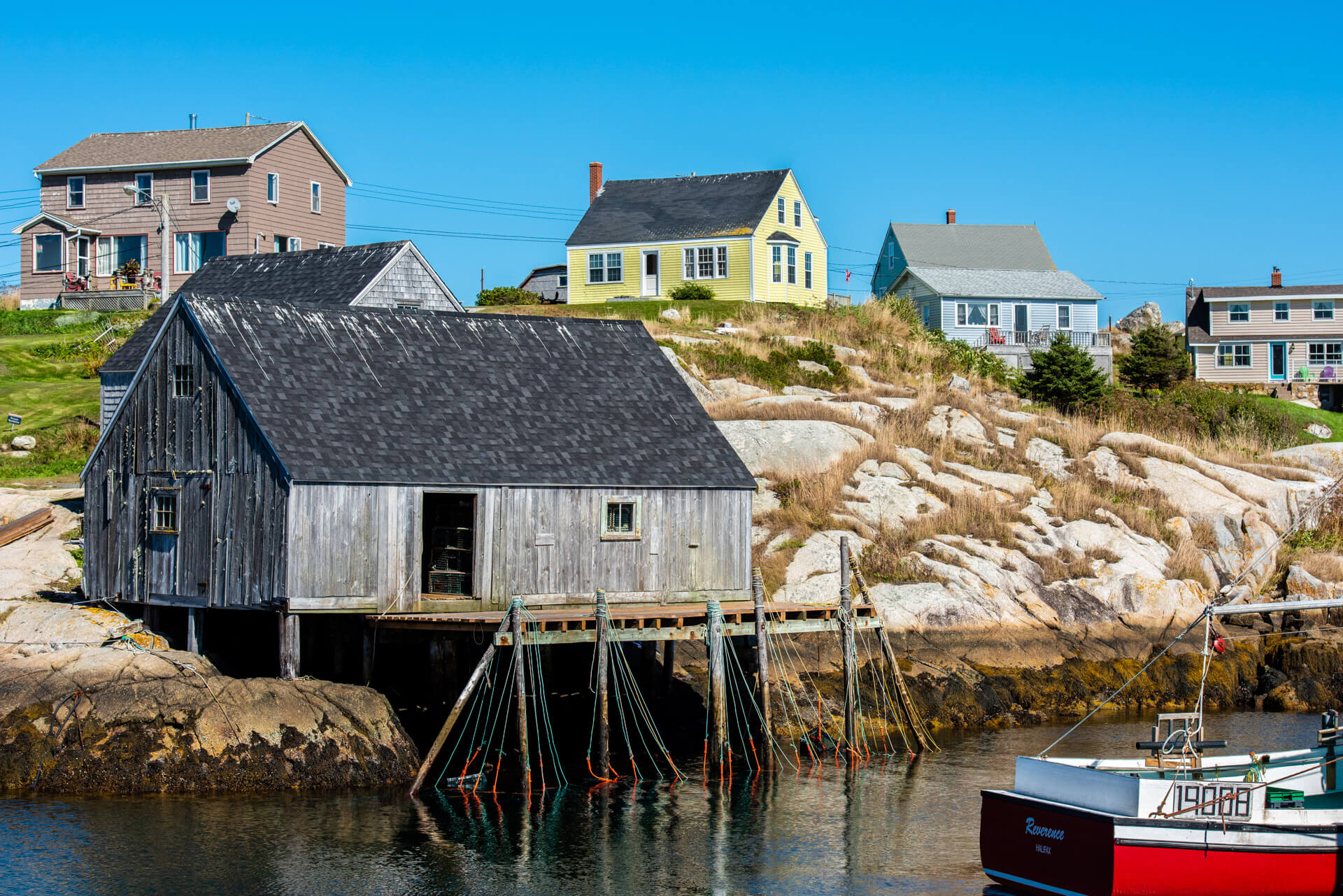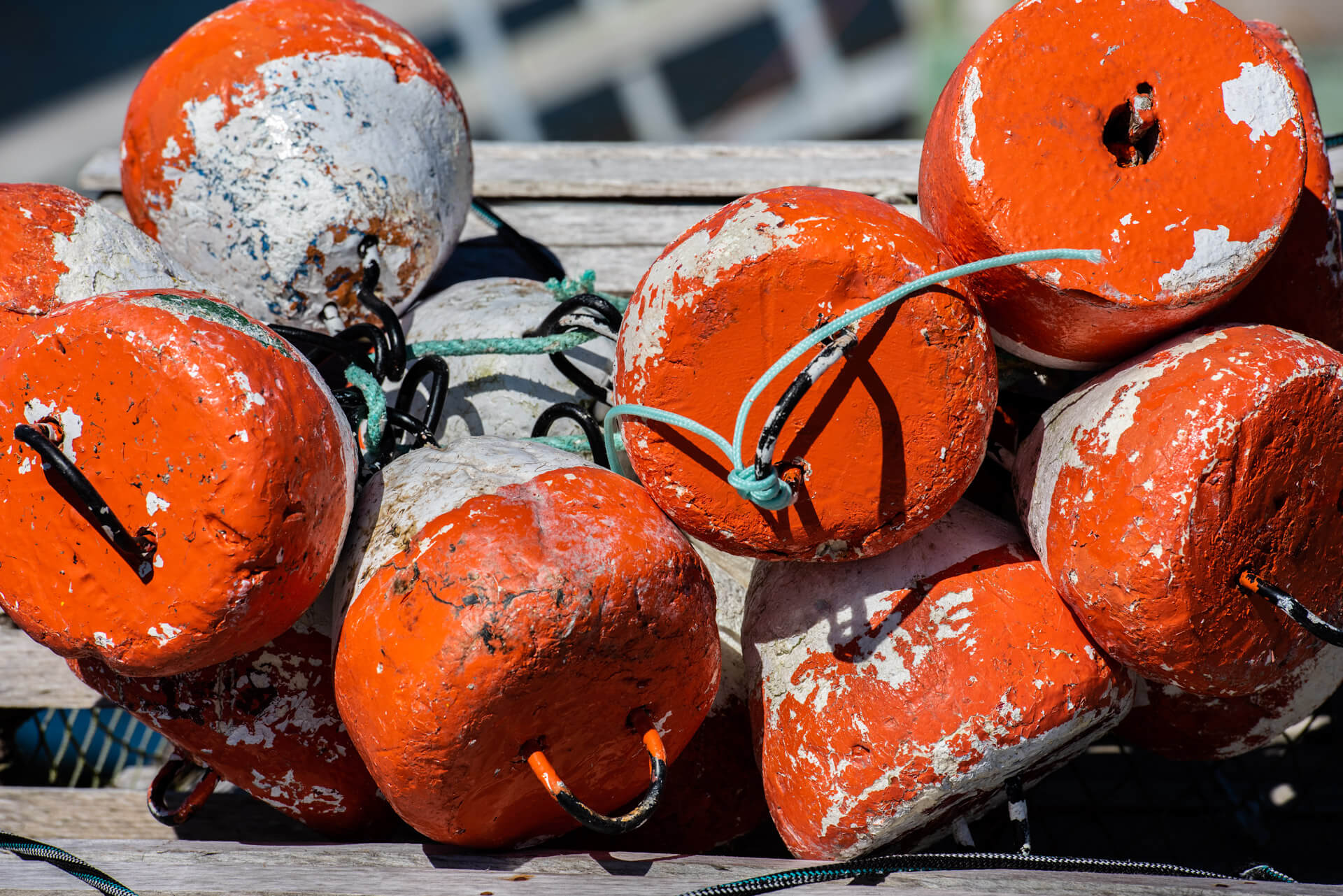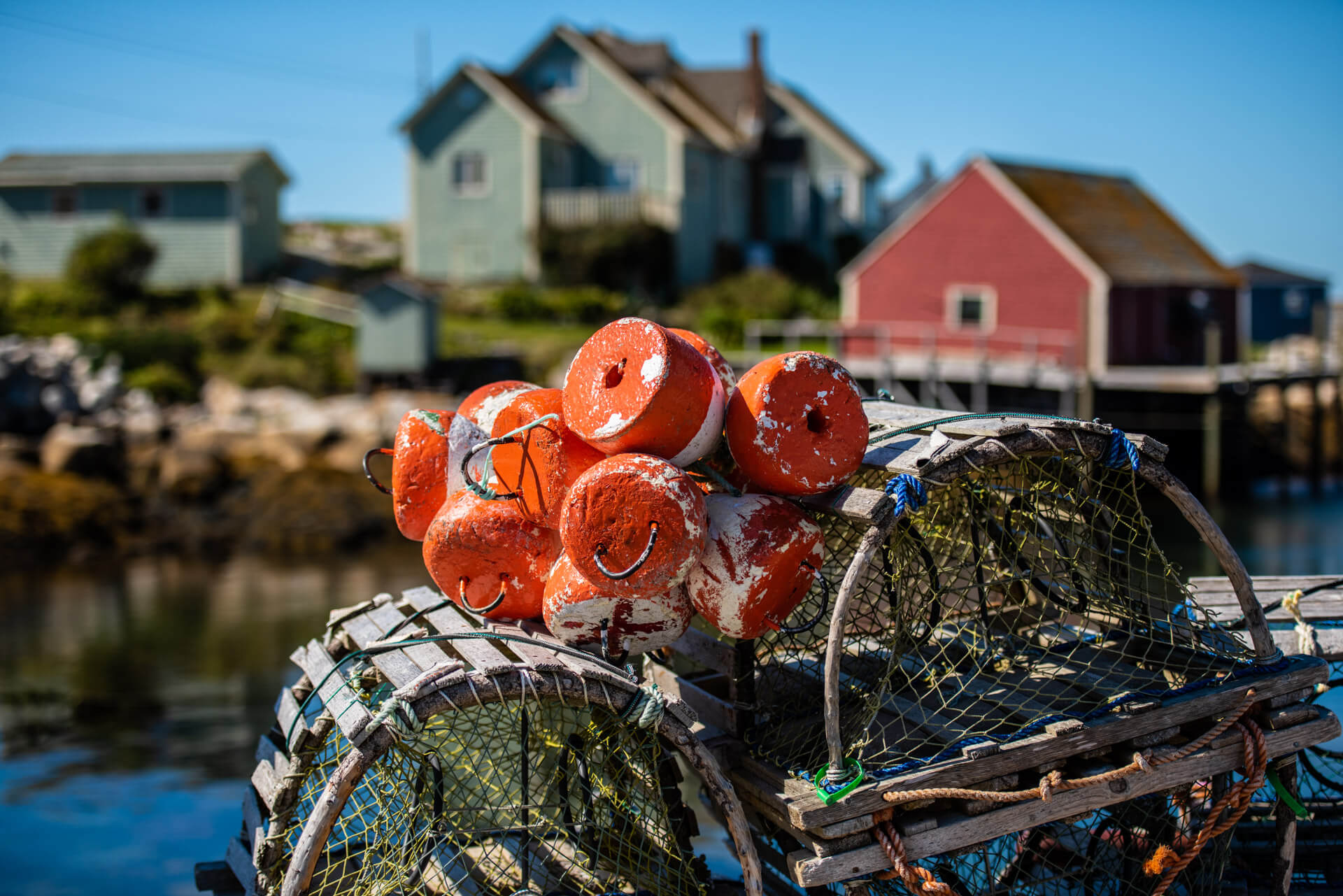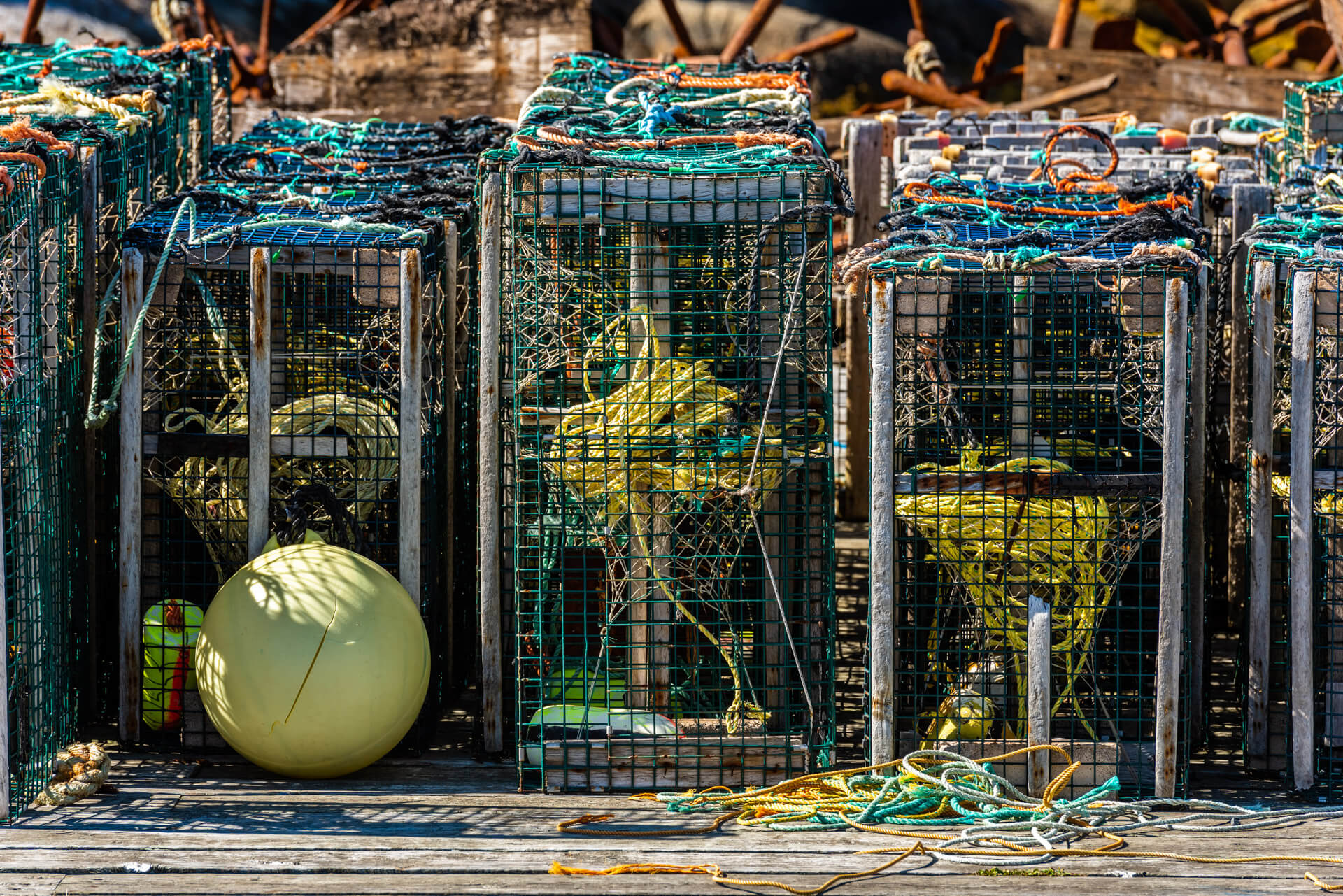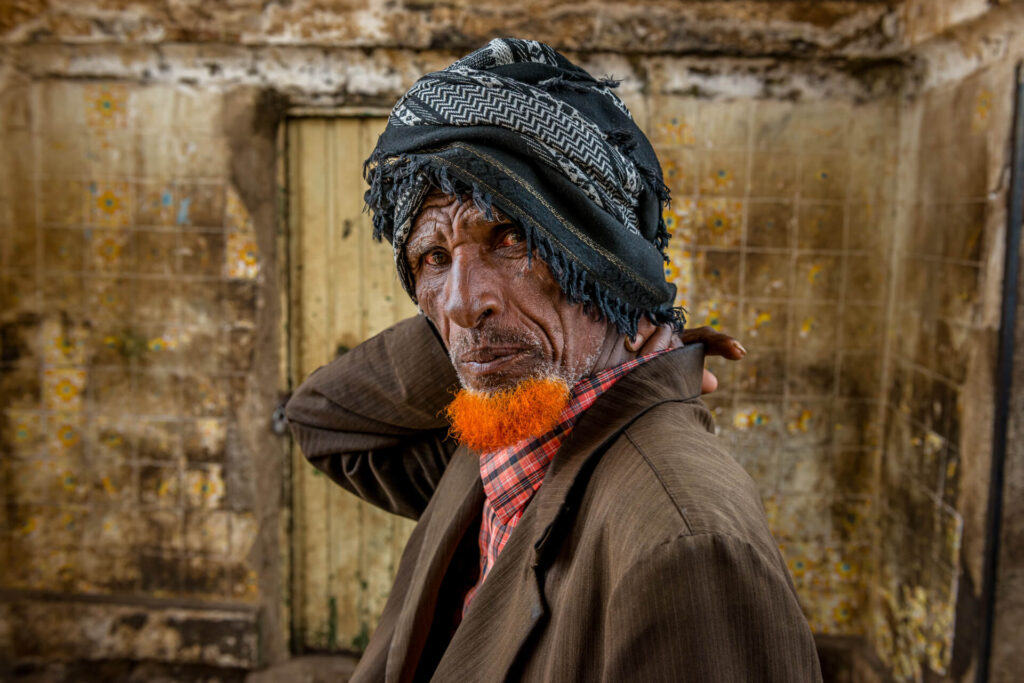Nova Scotia, Canada
Nova Scotia is a delightful place, stitched together by quiet roads, forests, rolling hills, and the sea. It’s a land of bucolic scenes, little bays dotted with lobster traps and colorful dories, harbors where time seems to pause just long enough for the tide to roll in. In the fishing villages, life moves at the steady pace of the ocean.
These communities aren’t just picturesque, they’re vital. Fishing isn't nostalgia here; it’s survival, culture, and identity. Generations have hauled traps in these waters, and you see it in the weathered boats, the smokehouses, and the hands of the men and women who still rise before dawn.
For me, the real joy of Nova Scotia comes from being immersed in nature, close to the water, under shifting skies, surrounded by these quiet, rugged landscapes. As a photographer, I’m drawn to the play of light across a still harbor, to the fog rolling in over a rocky headland, to the wharfs and woodsmoke. It's not just about capturing beauty, it’s about feeling connected to it.
Our film was awarded Best Documentary at the film festival in Lunenburg, Nova Scotia, a special town with a deep maritime soul and brightly painted buildings. Winning there felt especially meaningful. The community is steeped in the arts and storytelling, and to be honored made the moment unforgettable.
After the festival, we gave ourselves time, no schedules, just days to explore the coast and follow the scent of salt and pine. We wandered into quiet coves and small towns, camera always at hand, stopping to photograph boats tied up in still harbors, or reflections of fishing shacks rippling in golden light.
And the seafood, simple, fresh, extraordinary. Lobster rolls eaten beside the dock, oysters and scallops so sweet they barely needed seasoning, chowders that warmed your soul. Every meal was part of the landscape, part of the story.
Having spent my life around water and boats, I’ve seen a lot of coastlines but nothing quite like the Bay of Fundy. The tides there are a spectacle, rising and falling with such force and volume that they reshape the landscape every few hours. We’d arrive in a harbor and see boats tied to their docks, floating gently in the morning light. By afternoon, those same boats would be resting 50 feet below on the exposed mudflats, keeling slightly on their hulls, waiting patiently for the sea to return.
As a photographer, these scenes were inviting. The contrast between high and low tide gave everything a dual identity, each place revealing a different face depending on the hour. The empty seabeds, the long ropes stretching taut to nowhere, the way sunlight struck the wet, gleaming mud—it all made for dramatic, almost surreal imagery.
Nova Scotia left a lasting impression on me, not just for its wild coastline or its delicious seafood, but for the way it balances beauty and resilience. For a photographer, it offered endless moments of quiet magic. But more than that, it was a place that reminded me of the power of community, rhythm, survival and life shaped by the sea.
